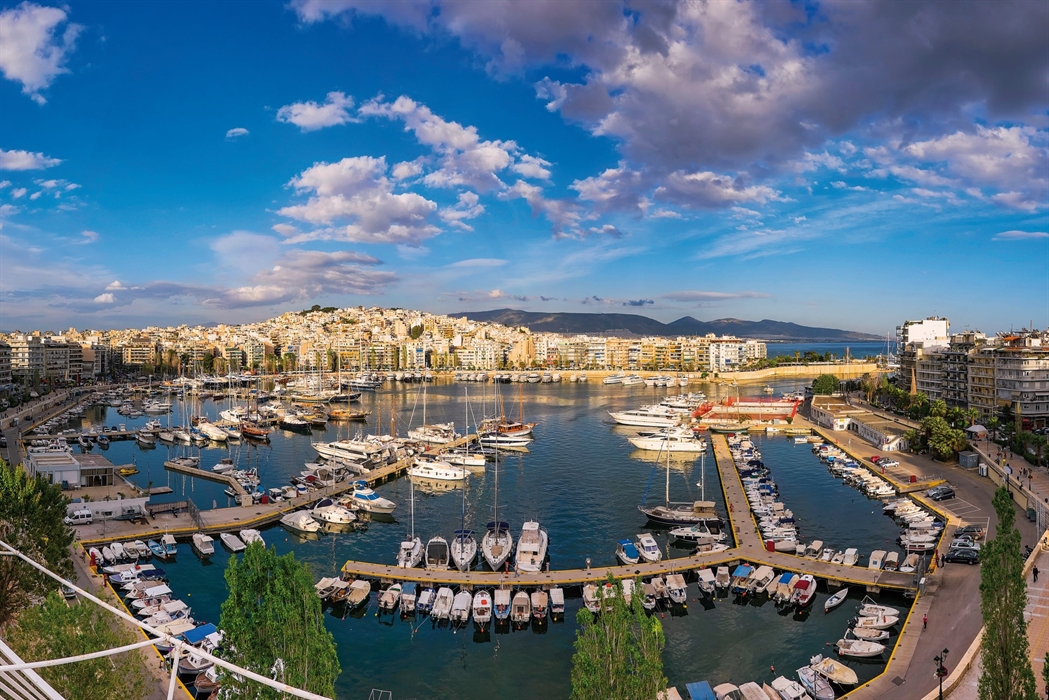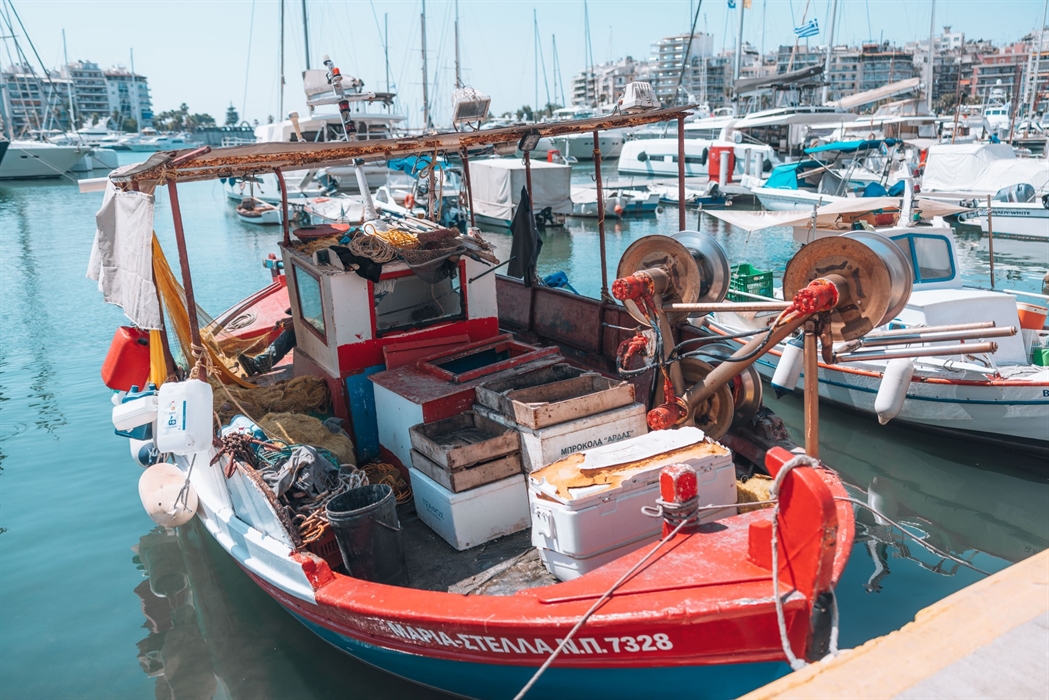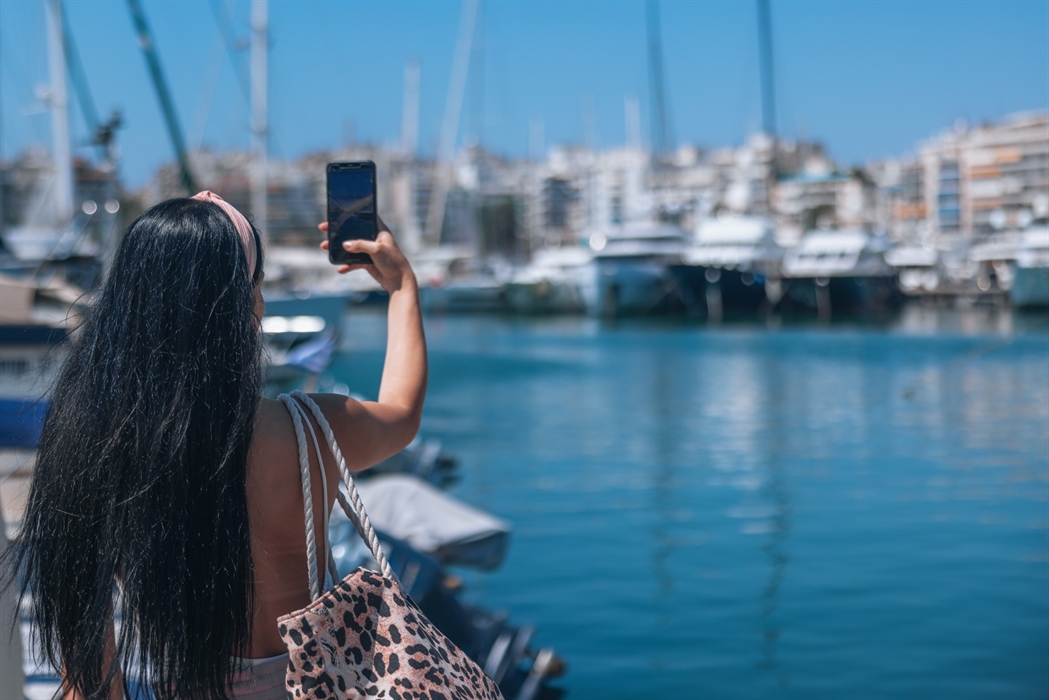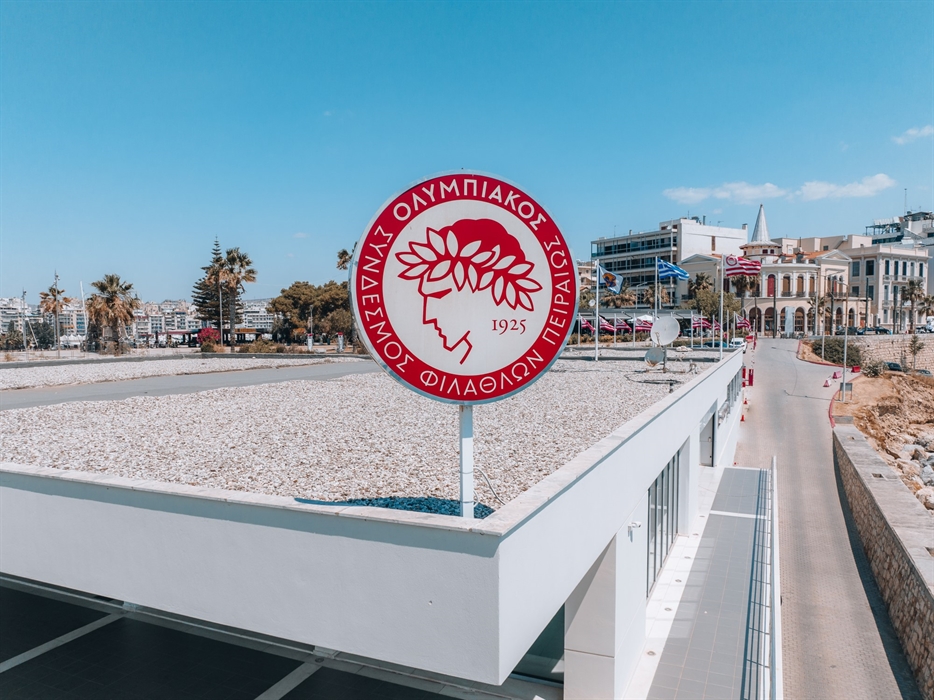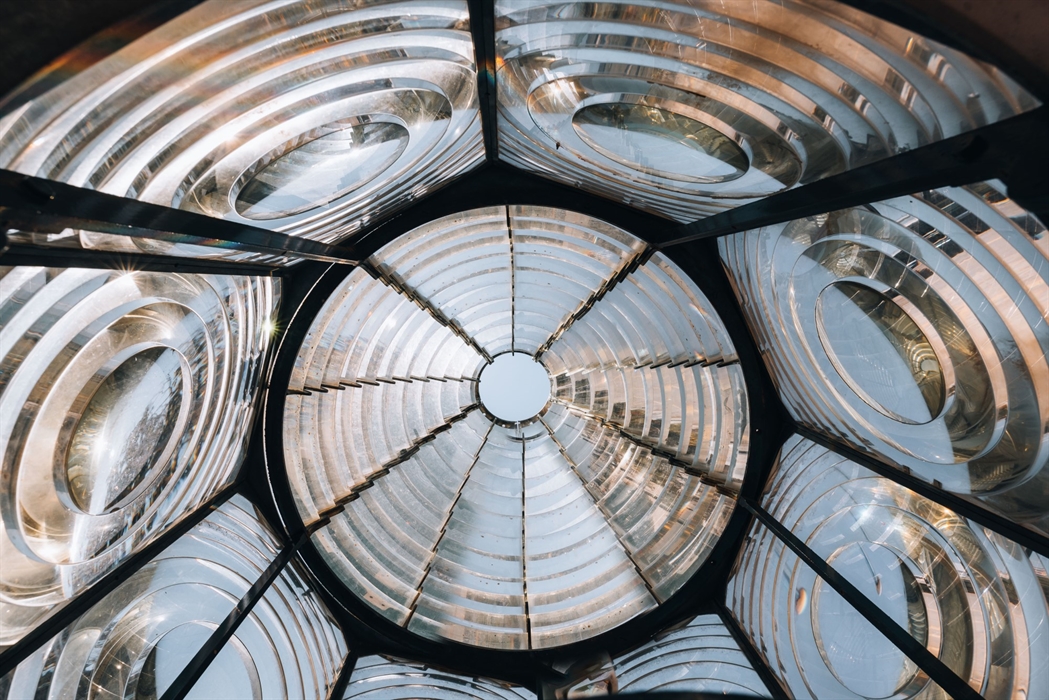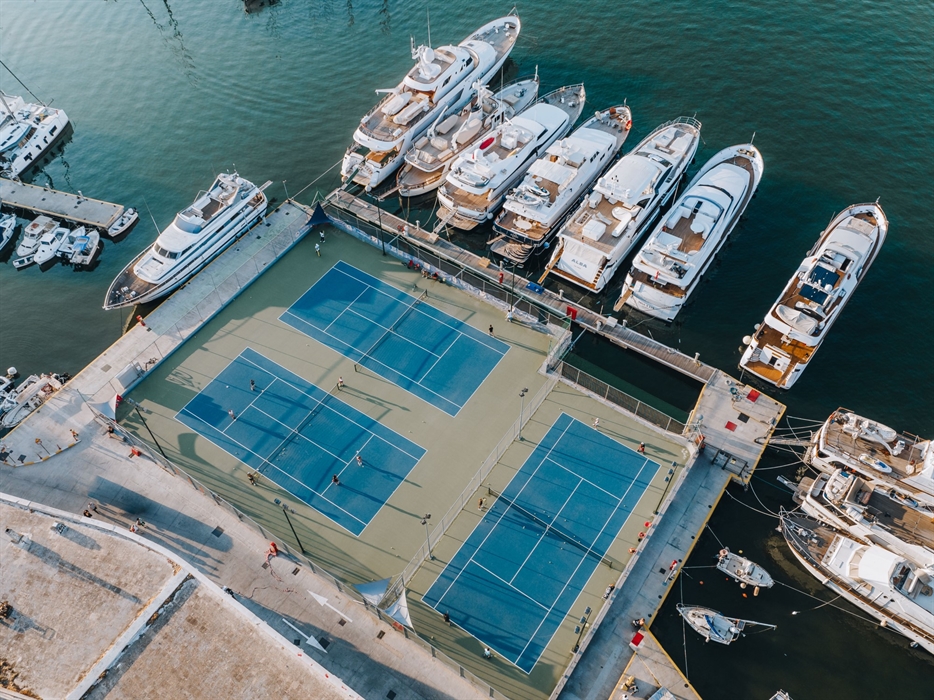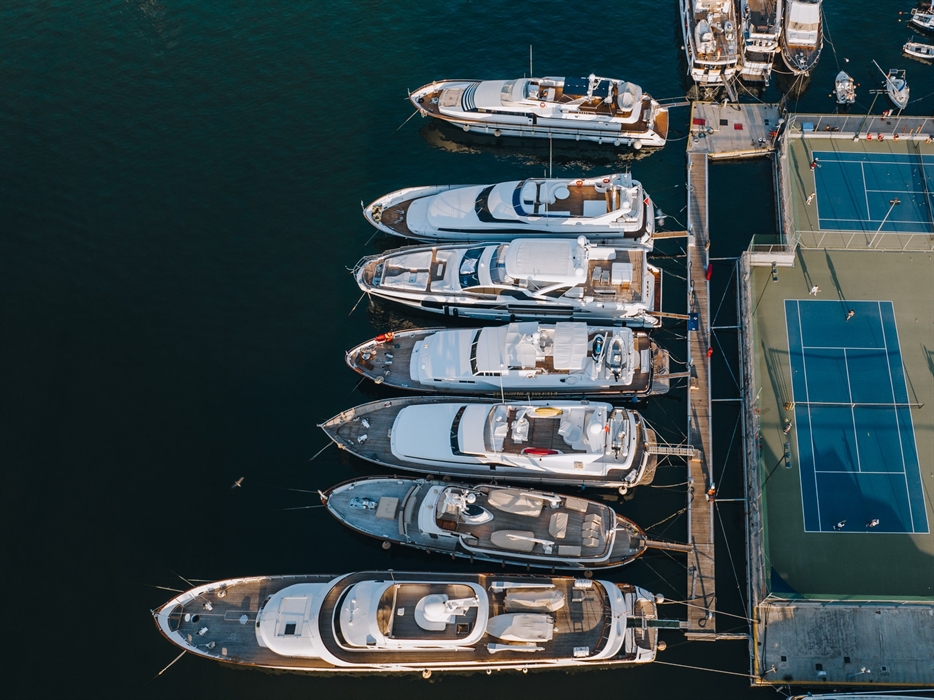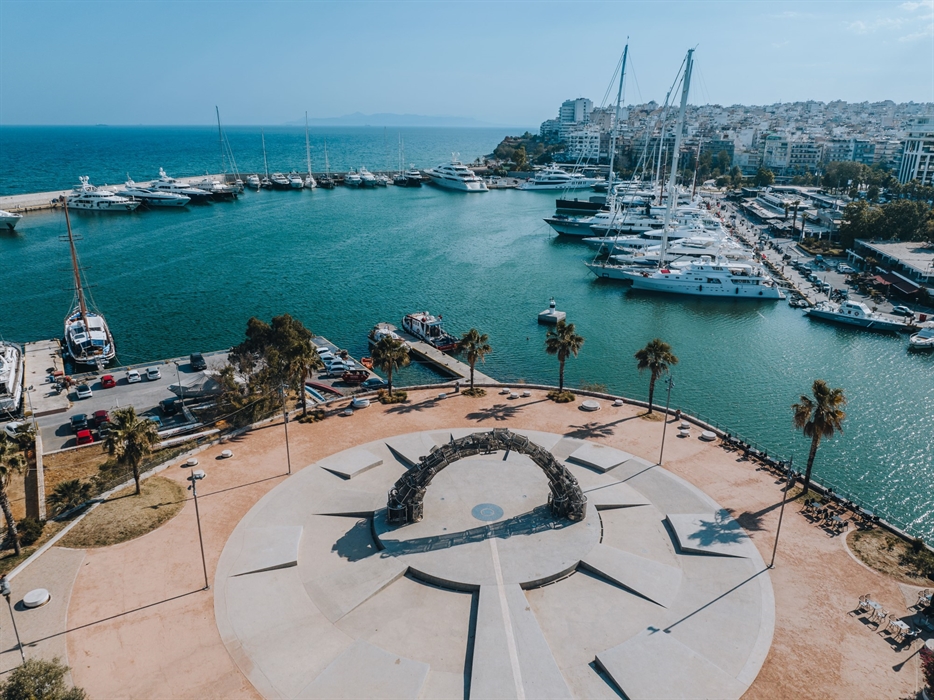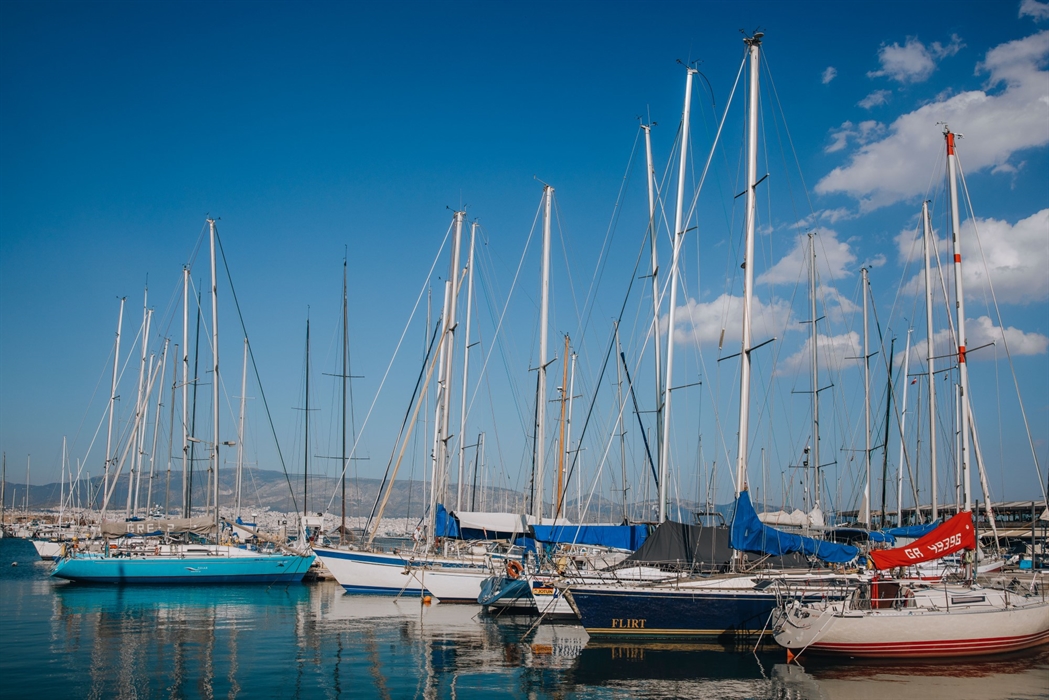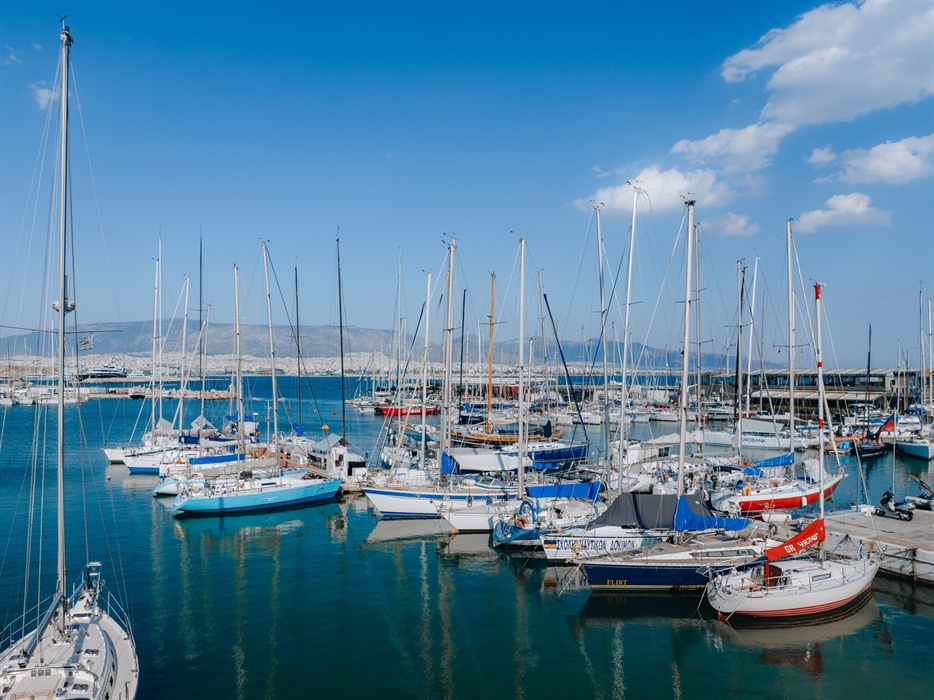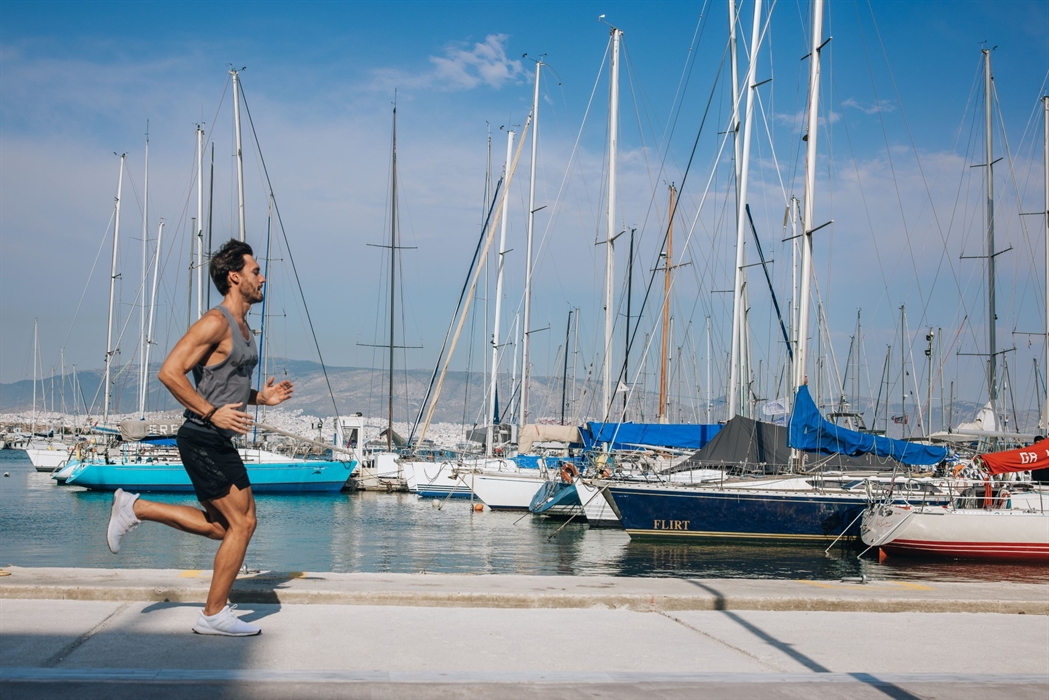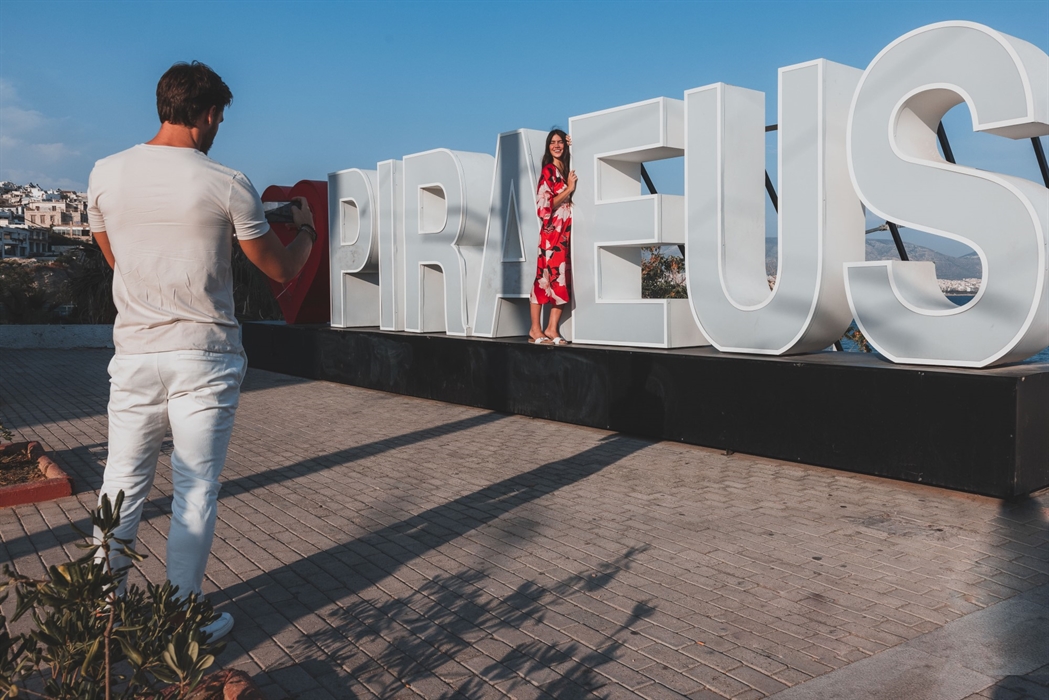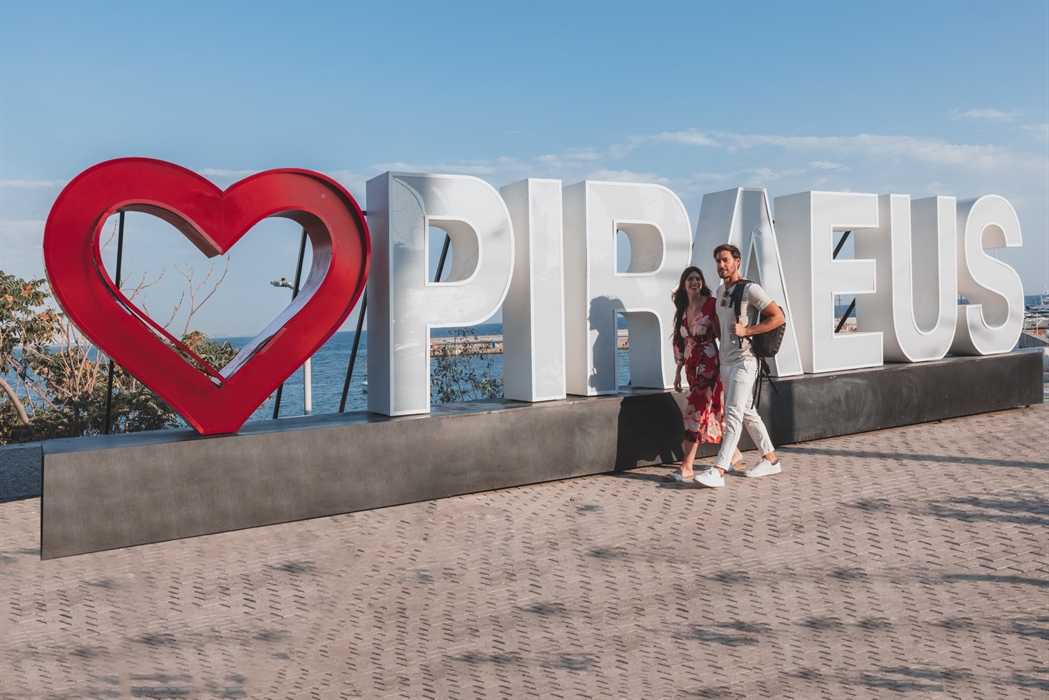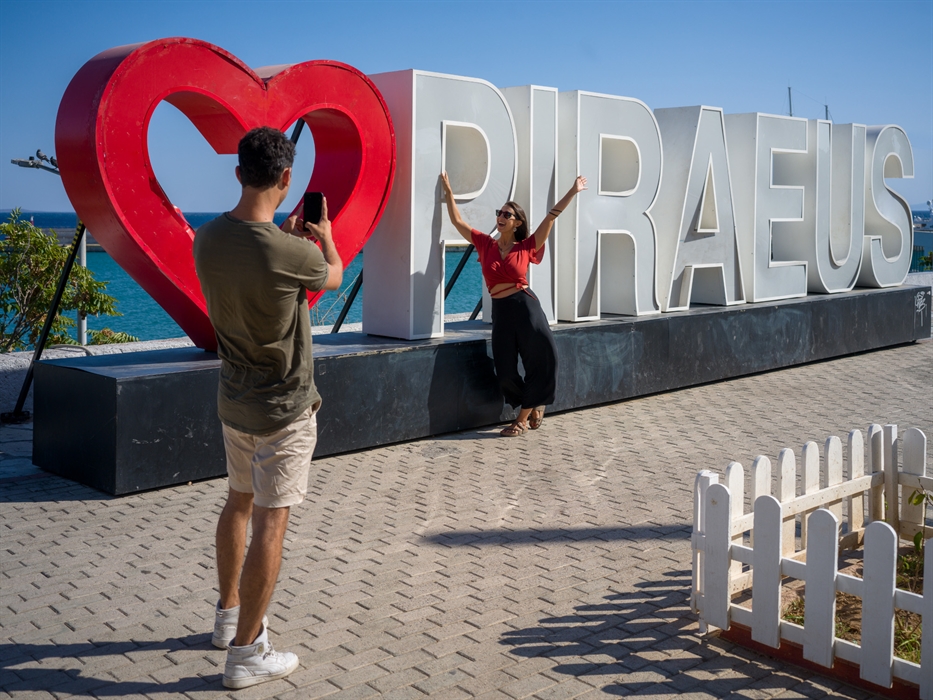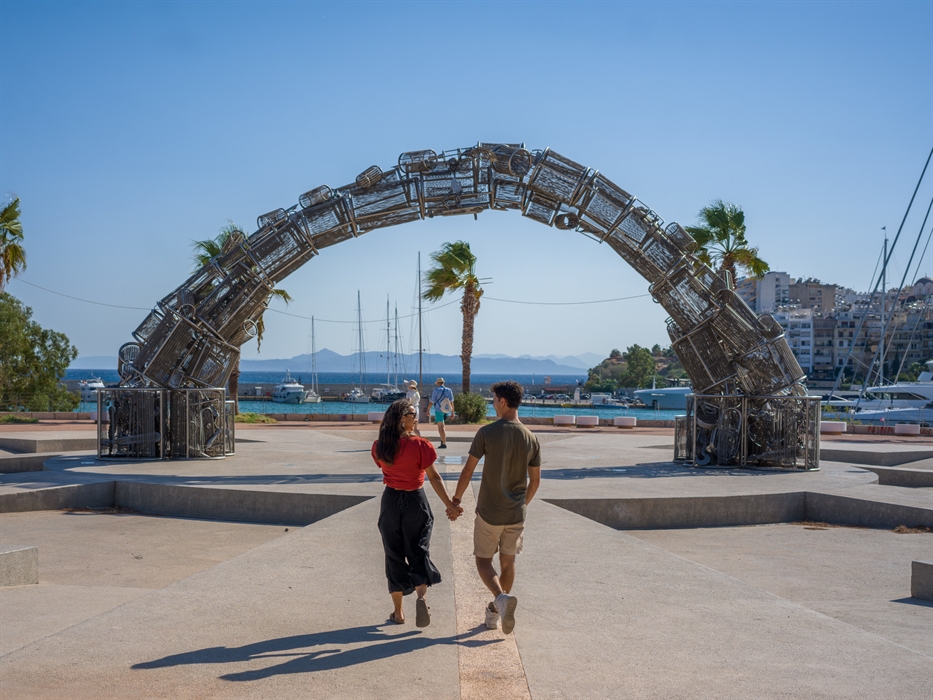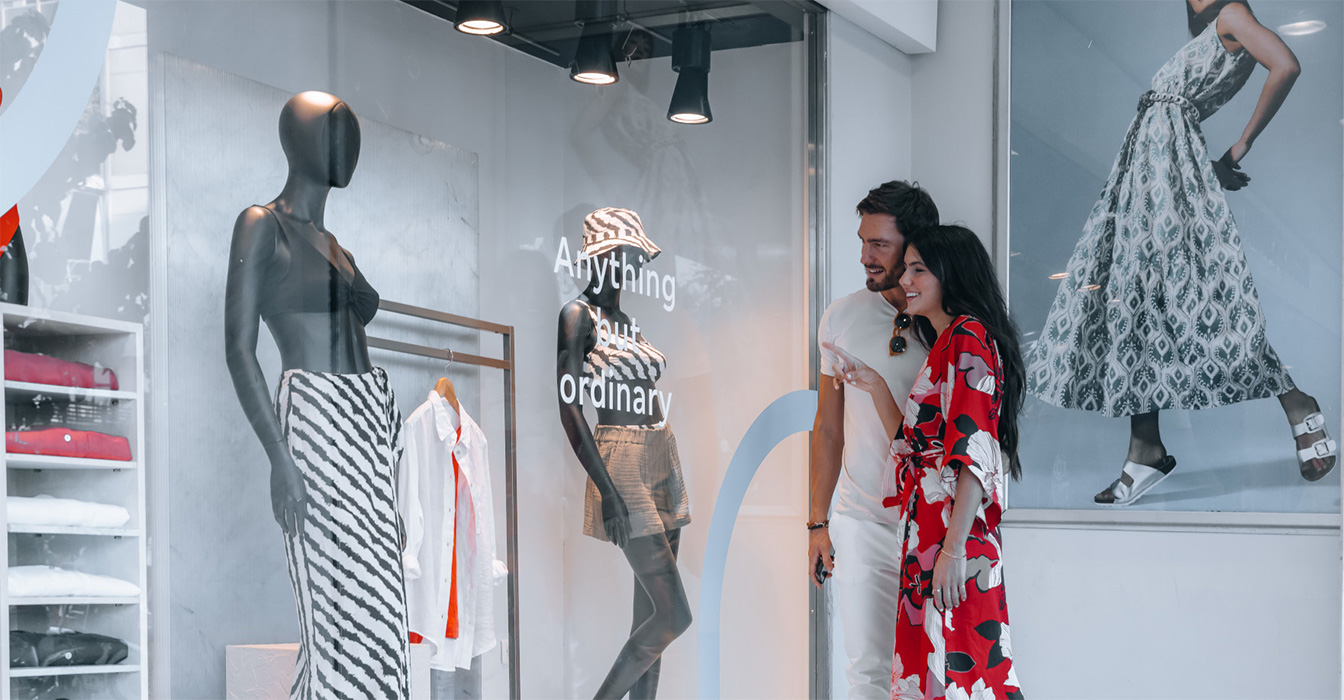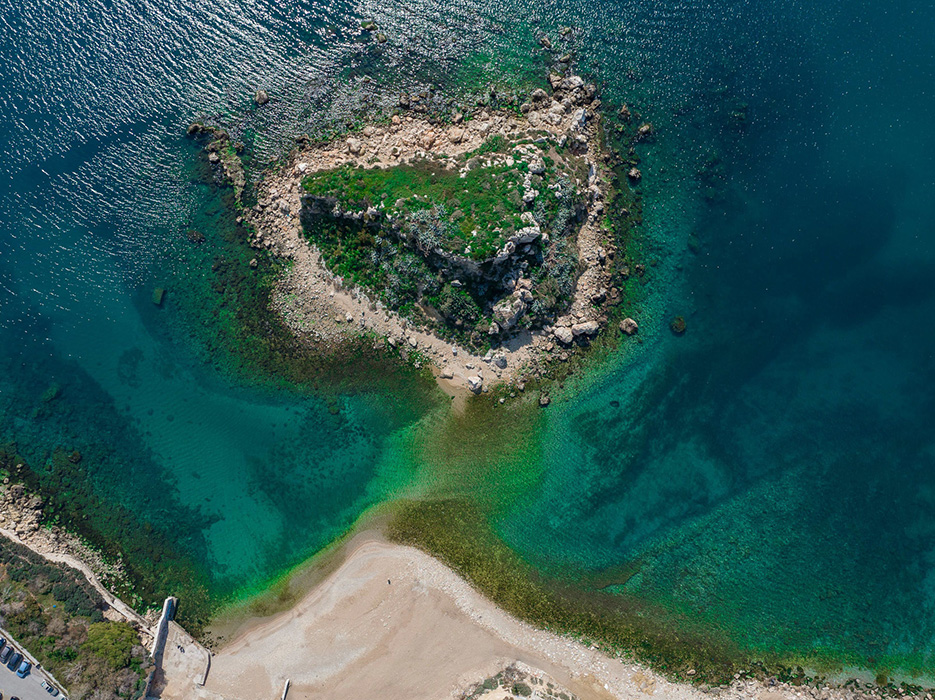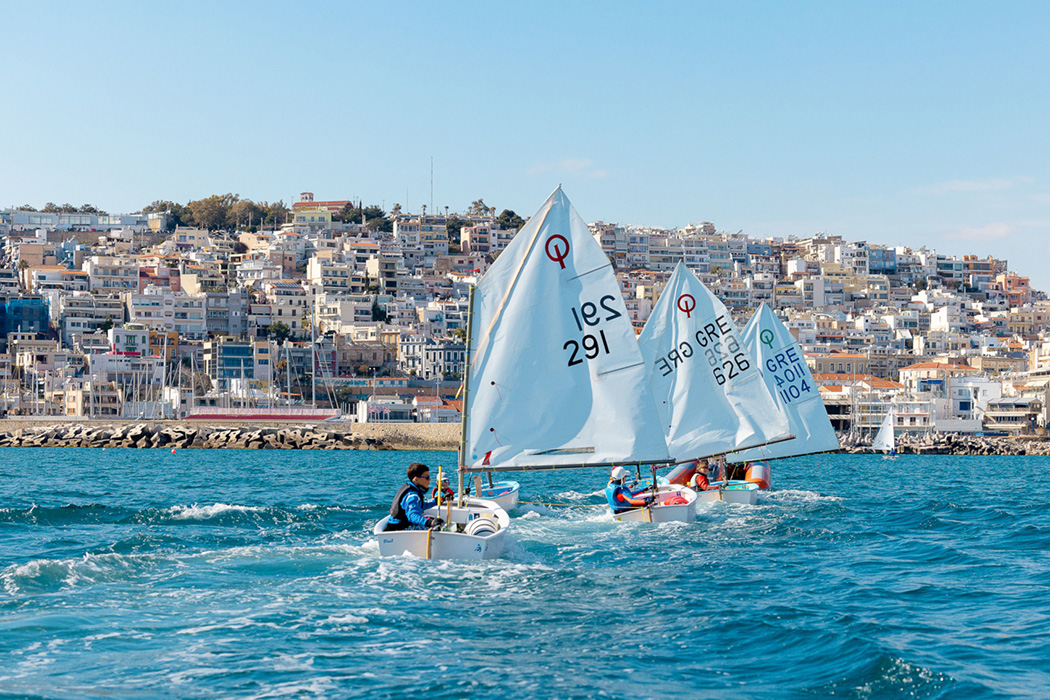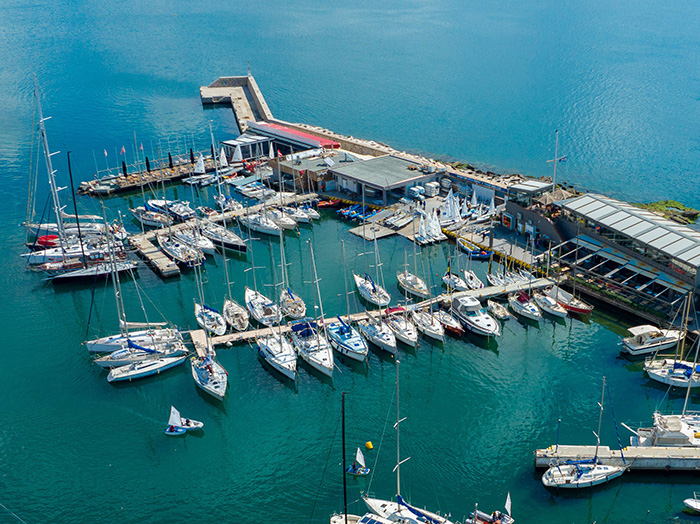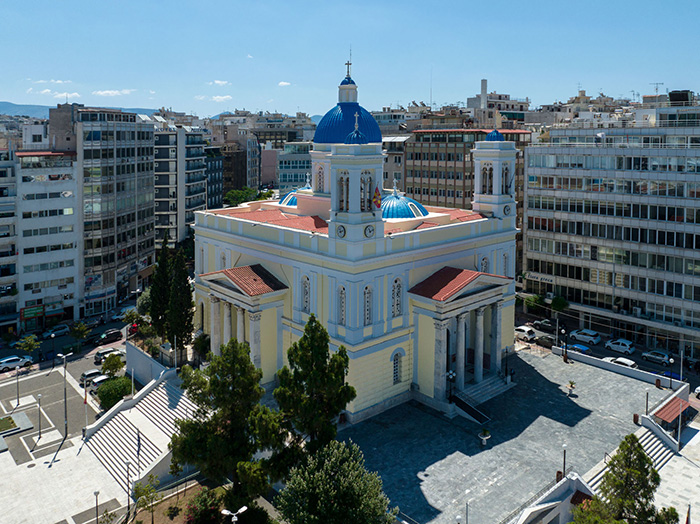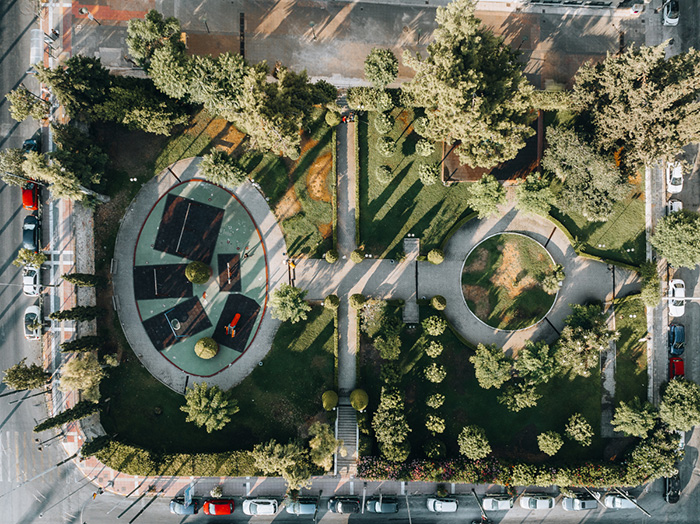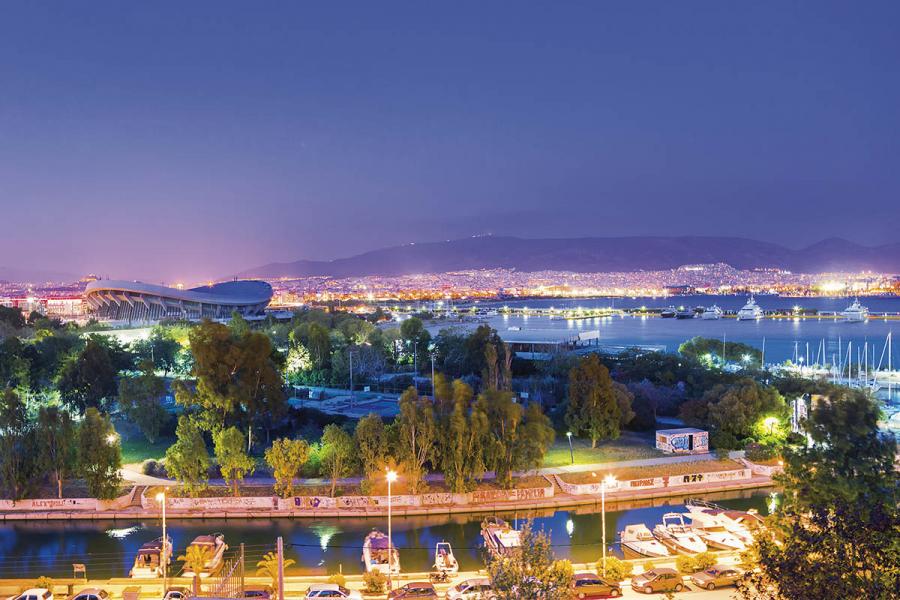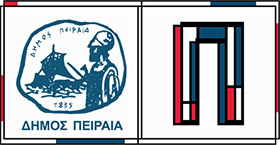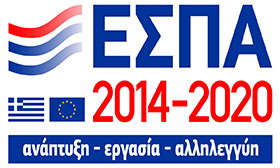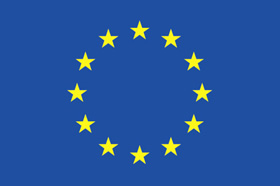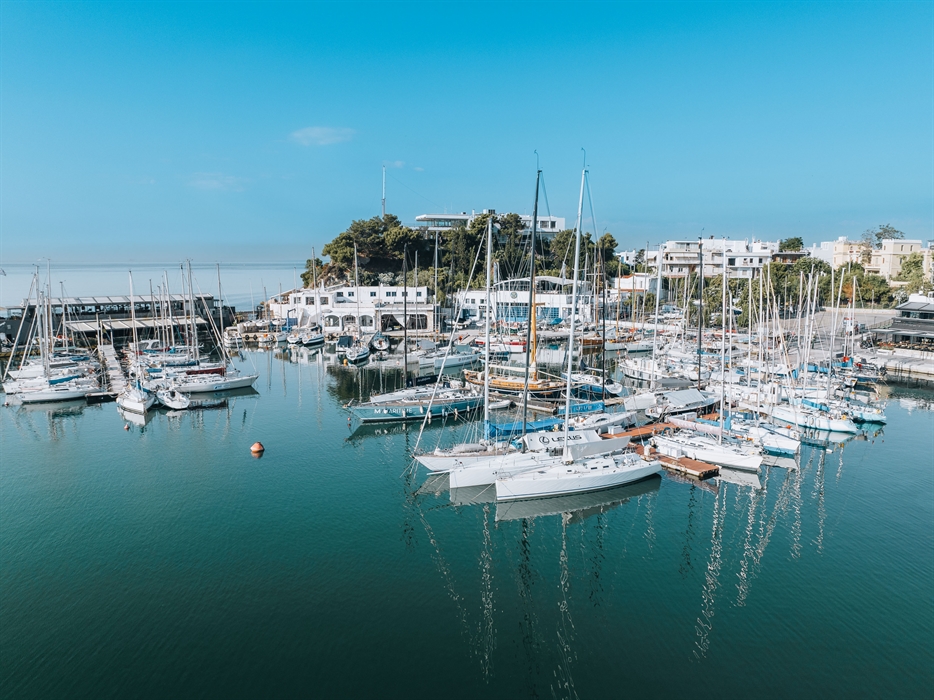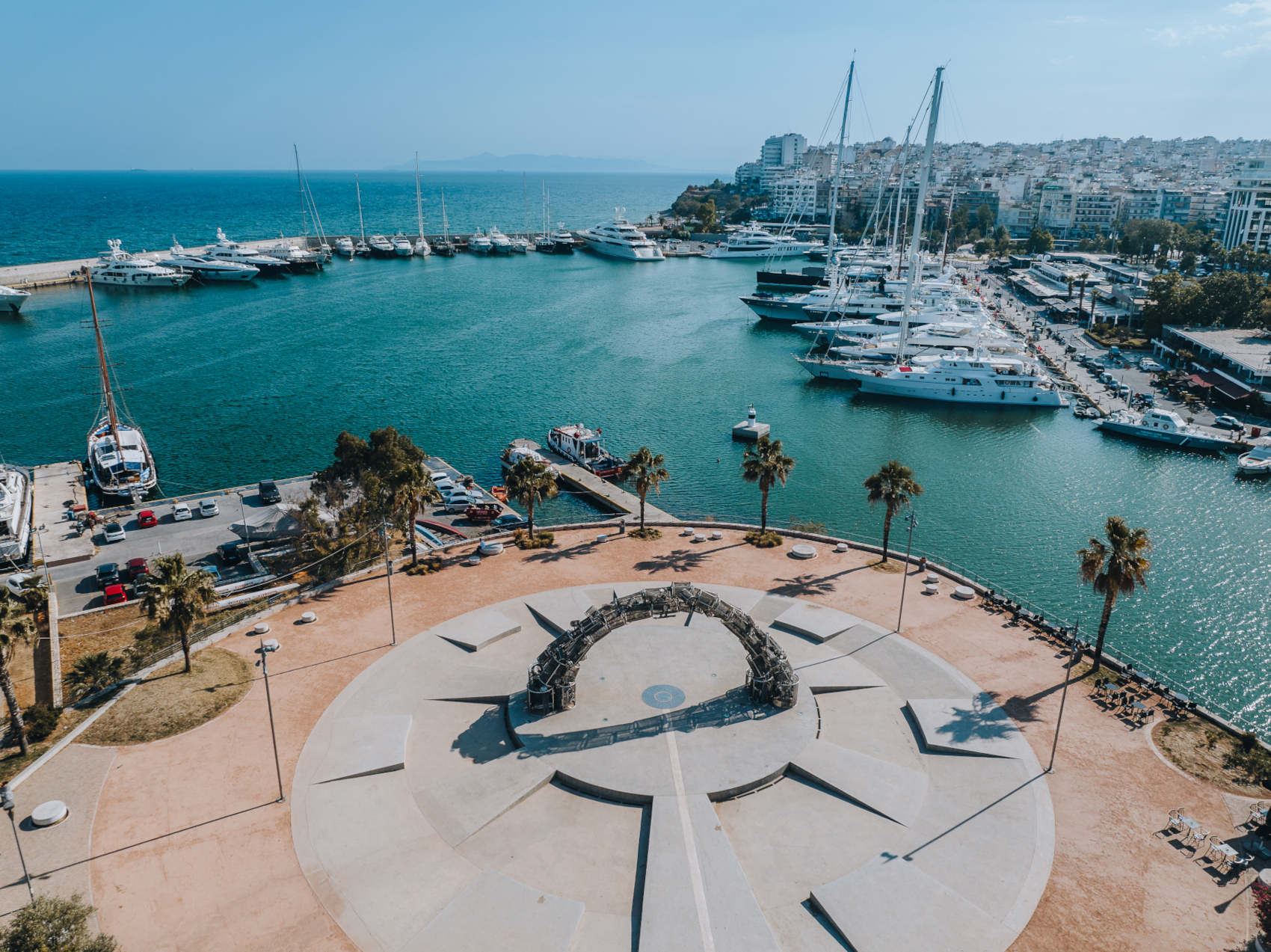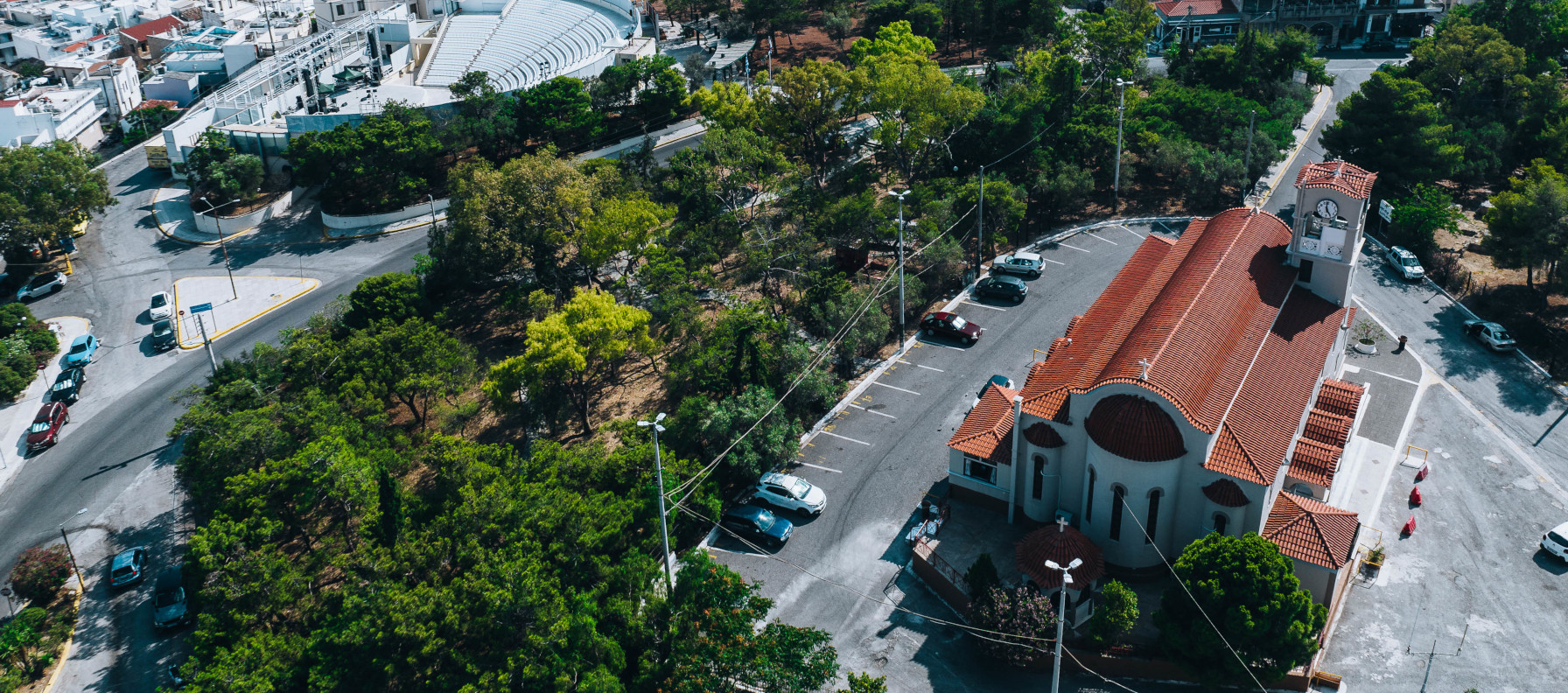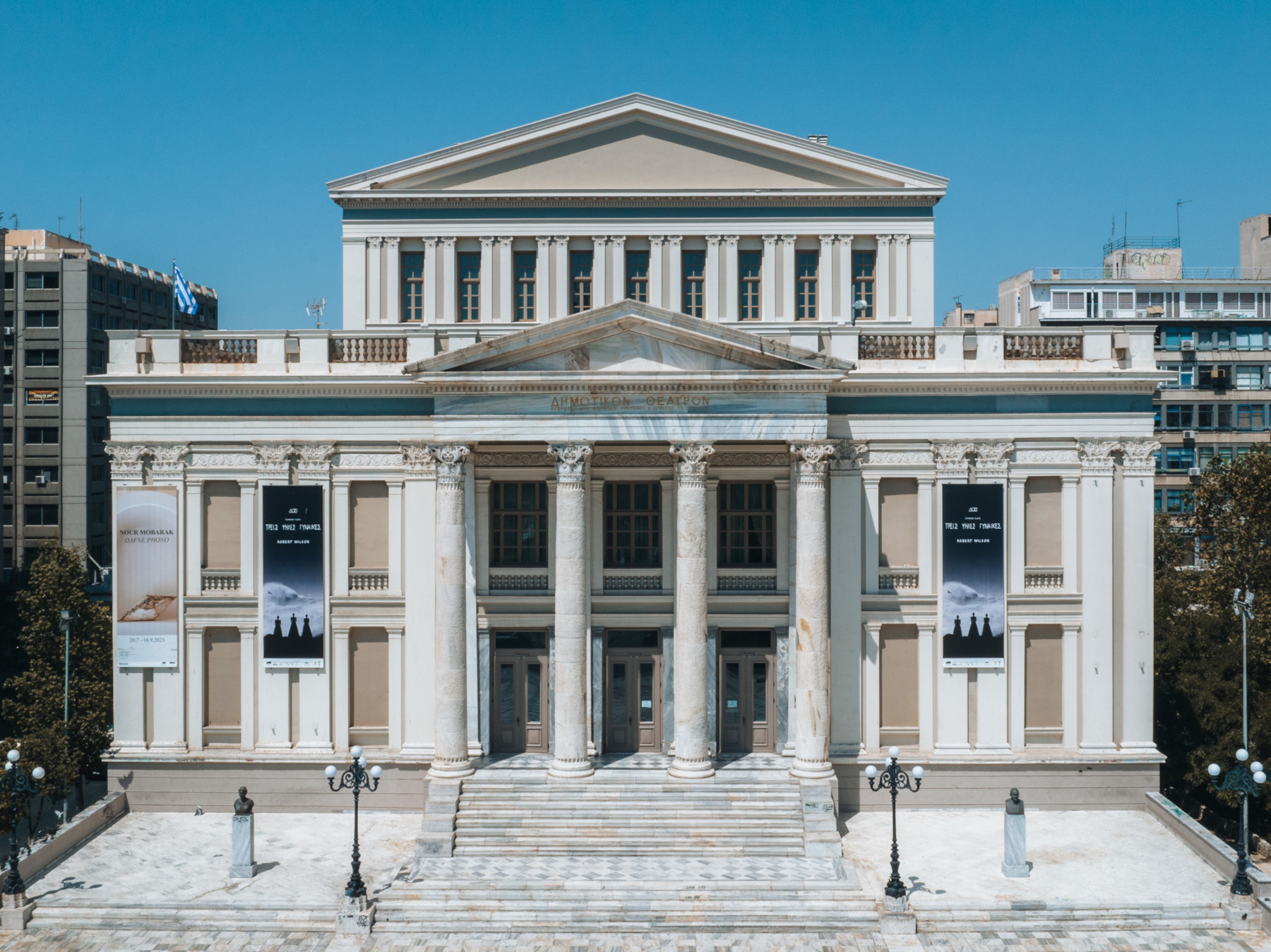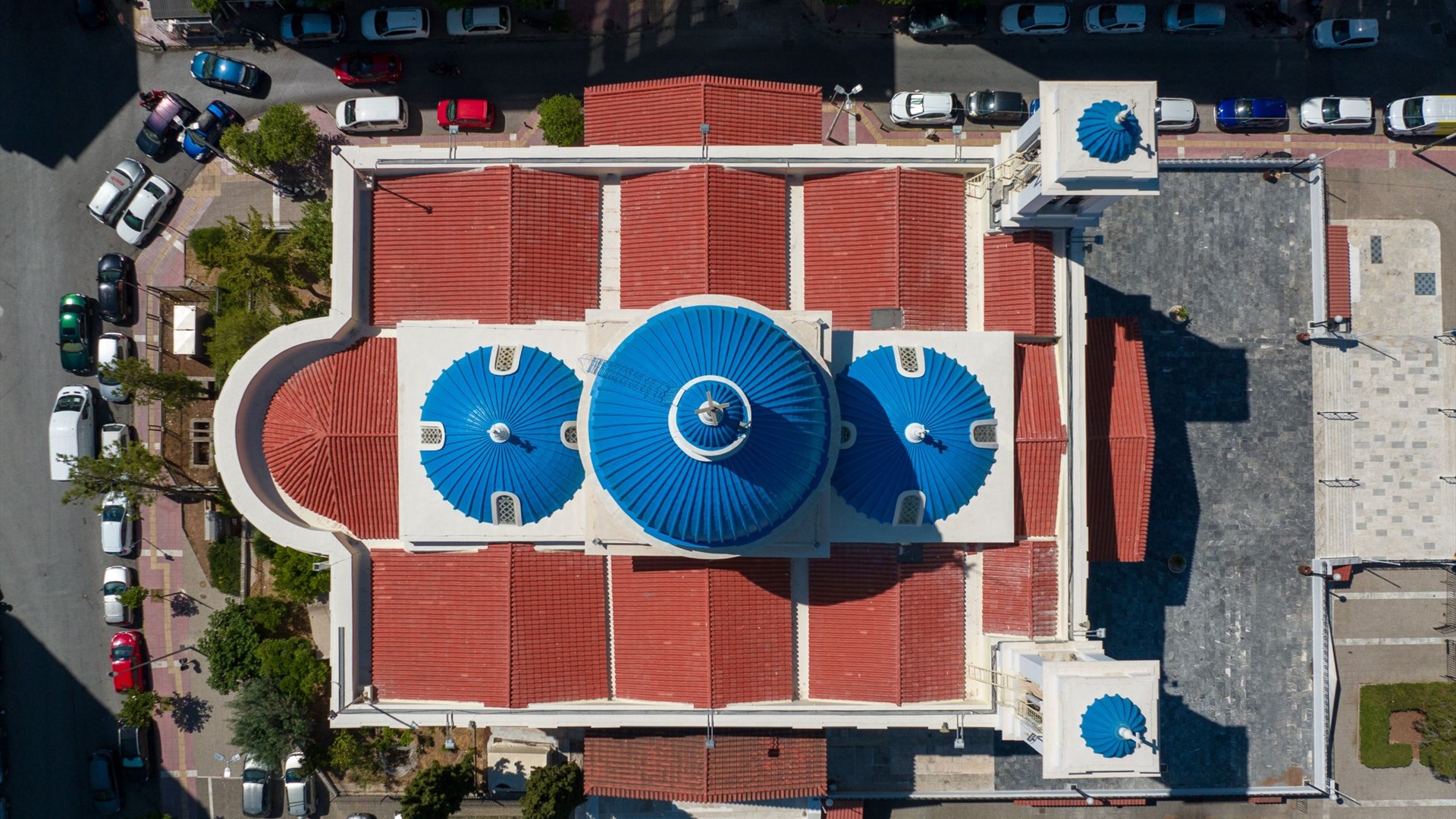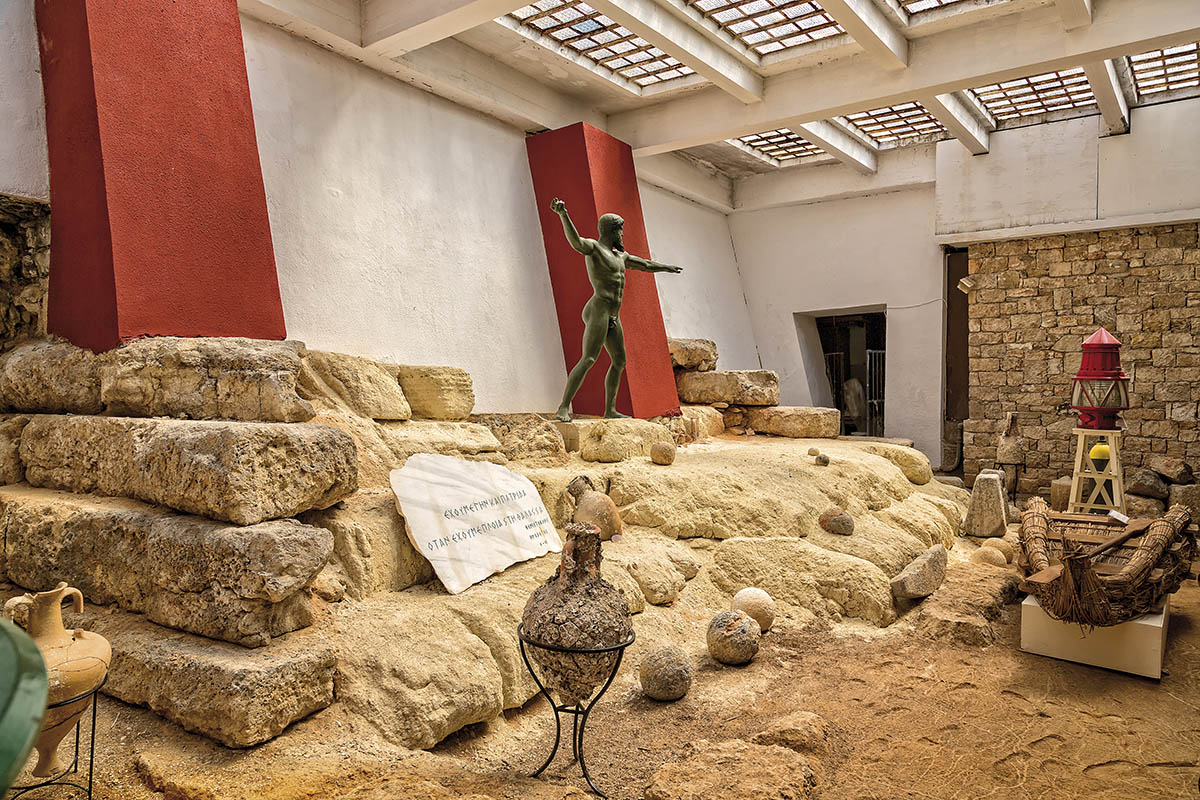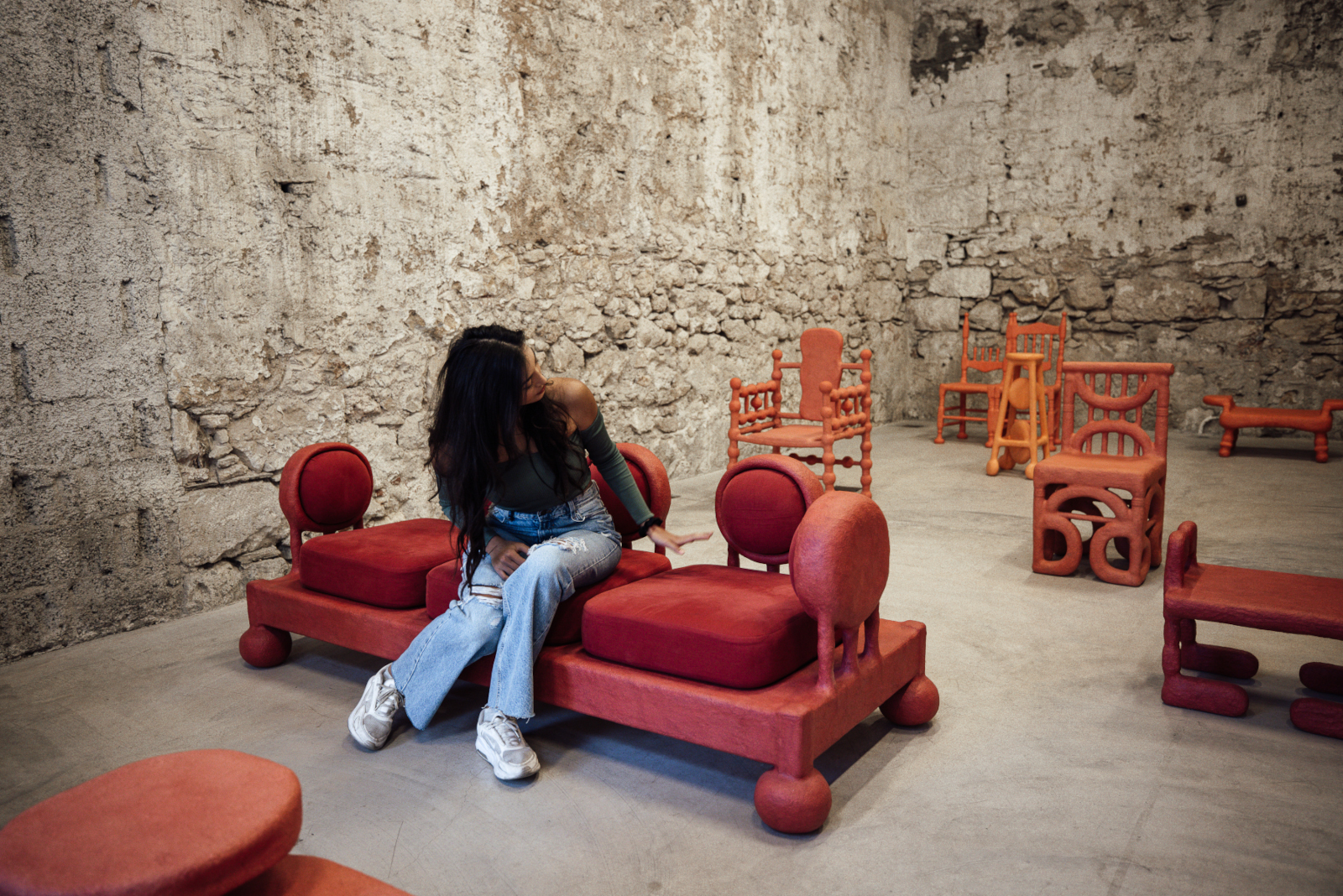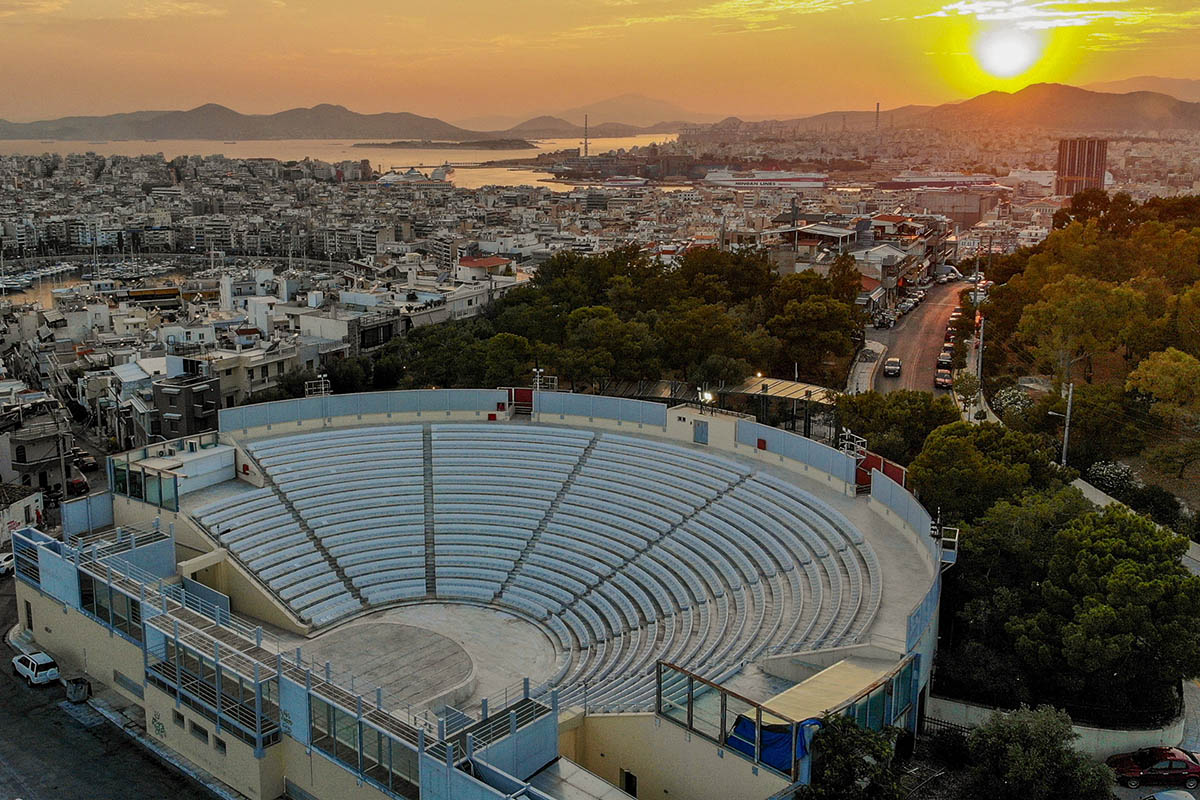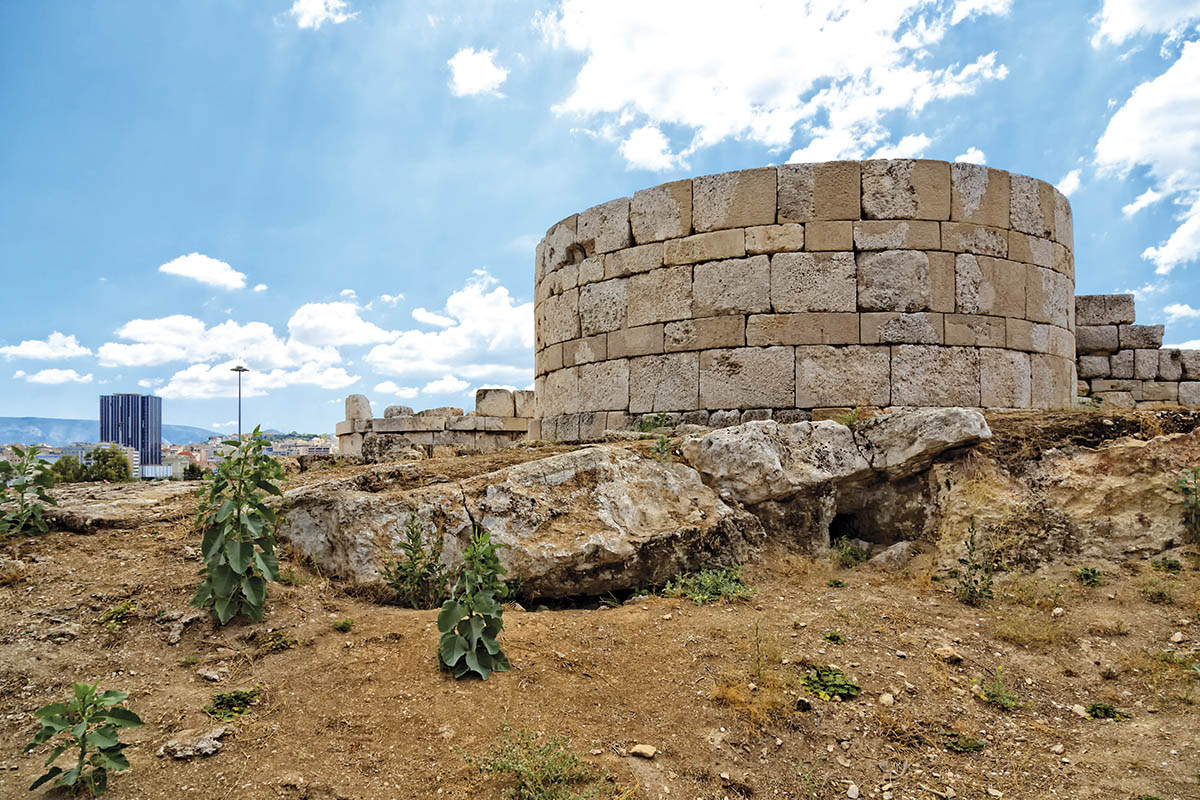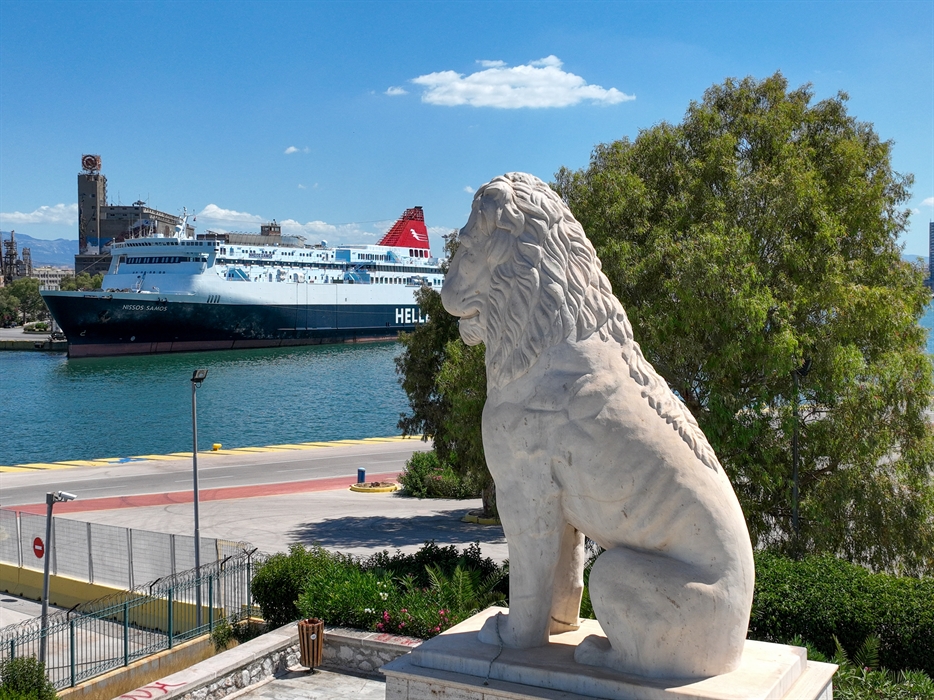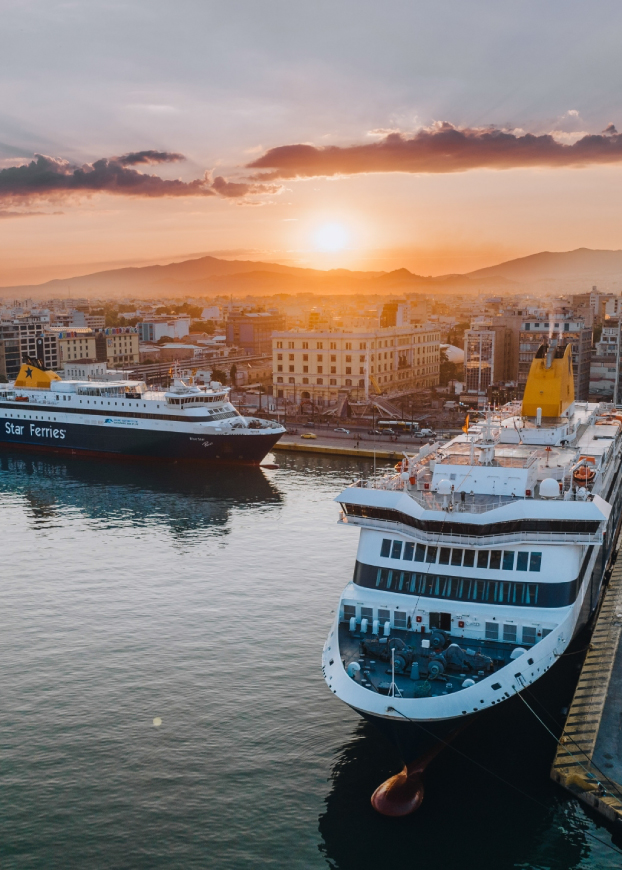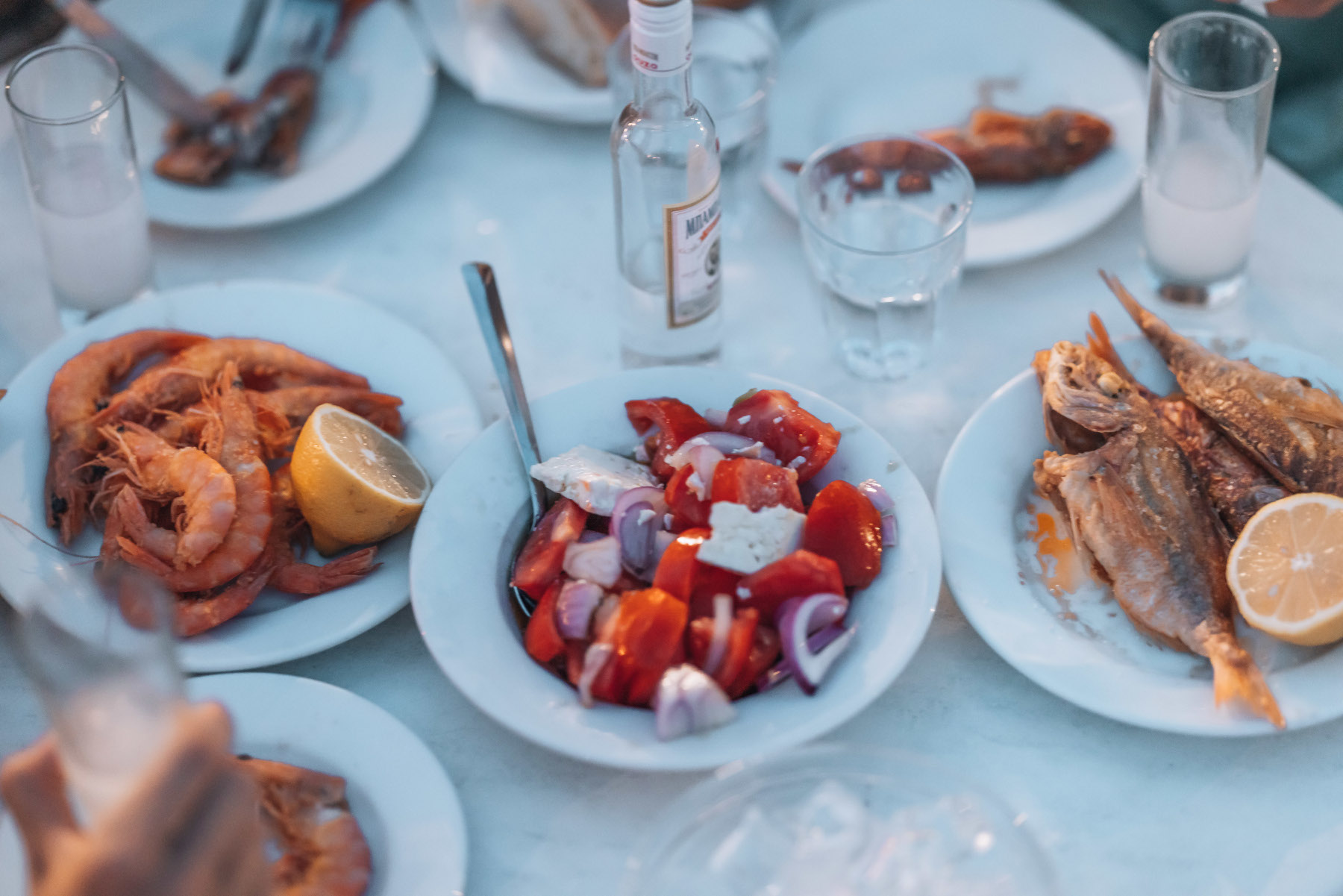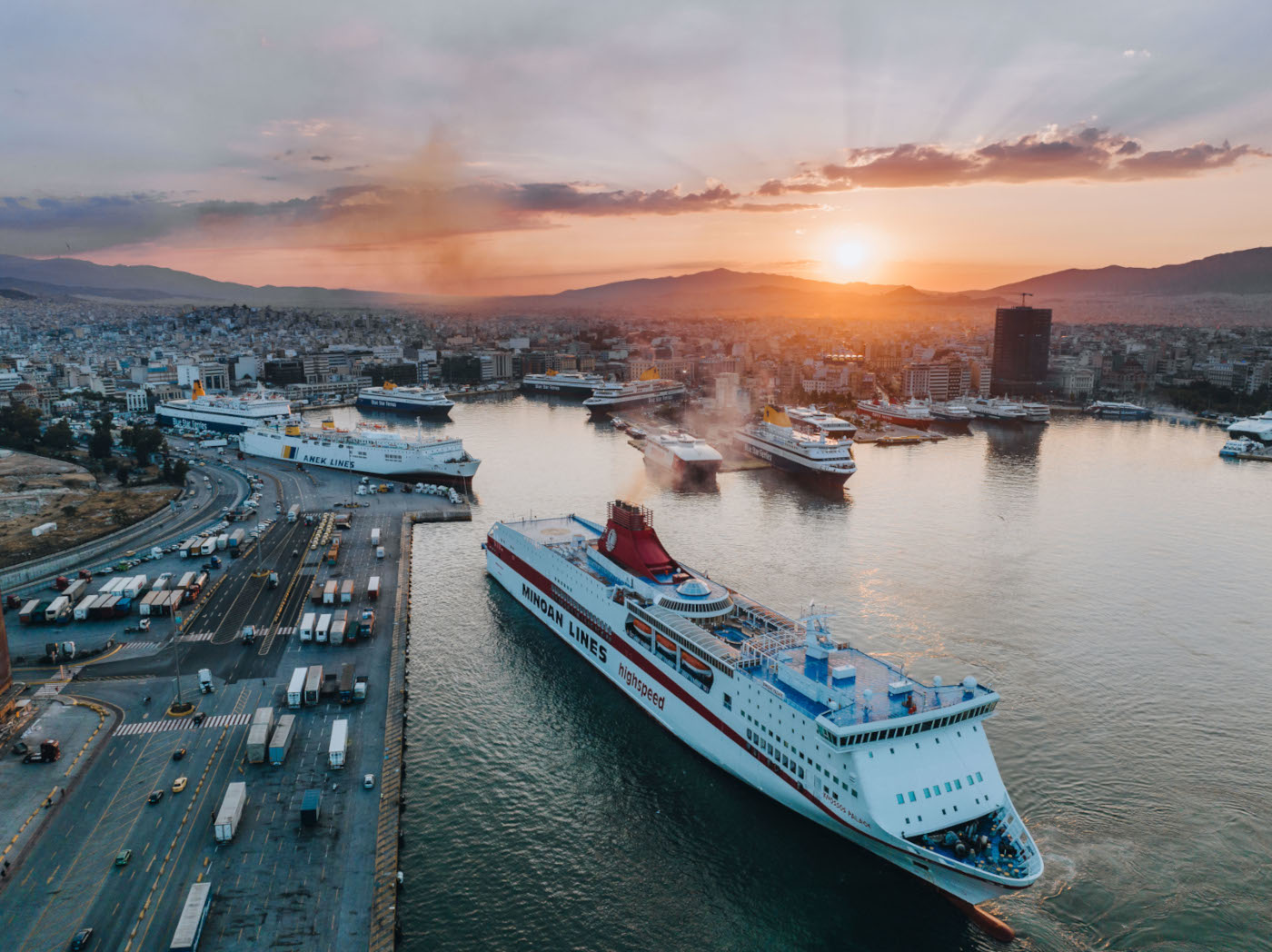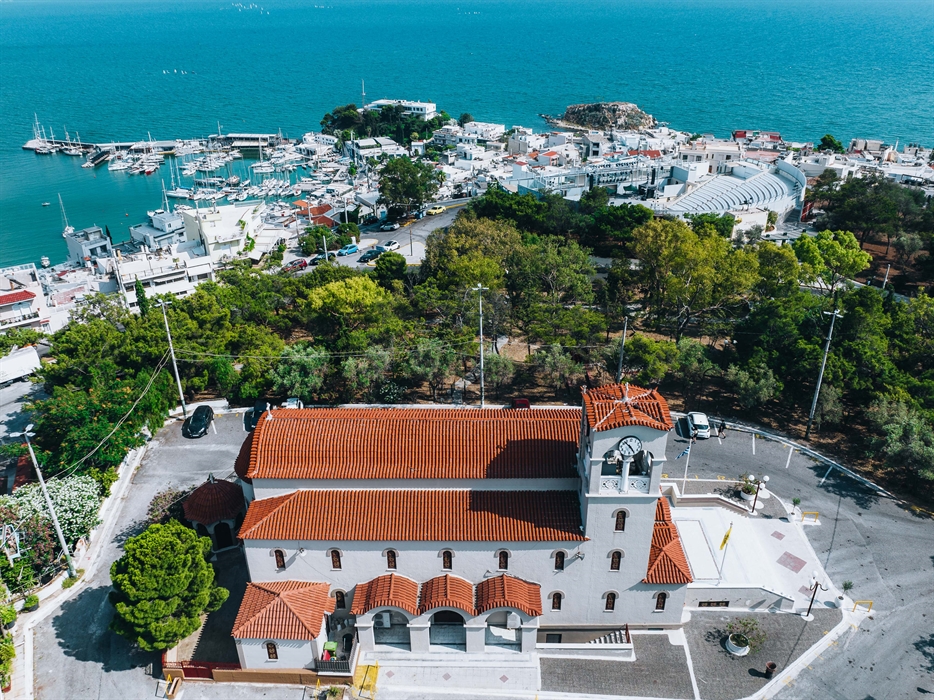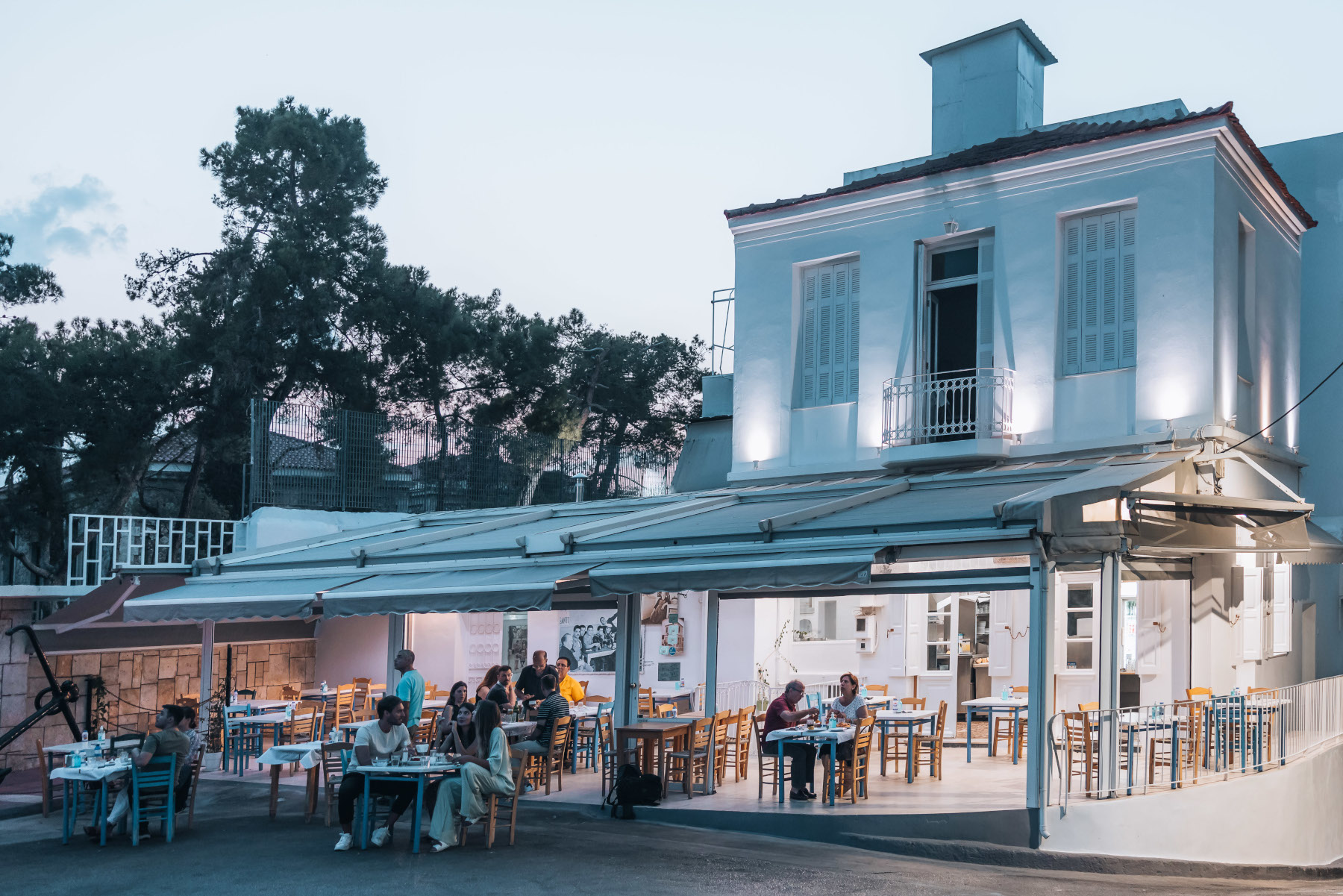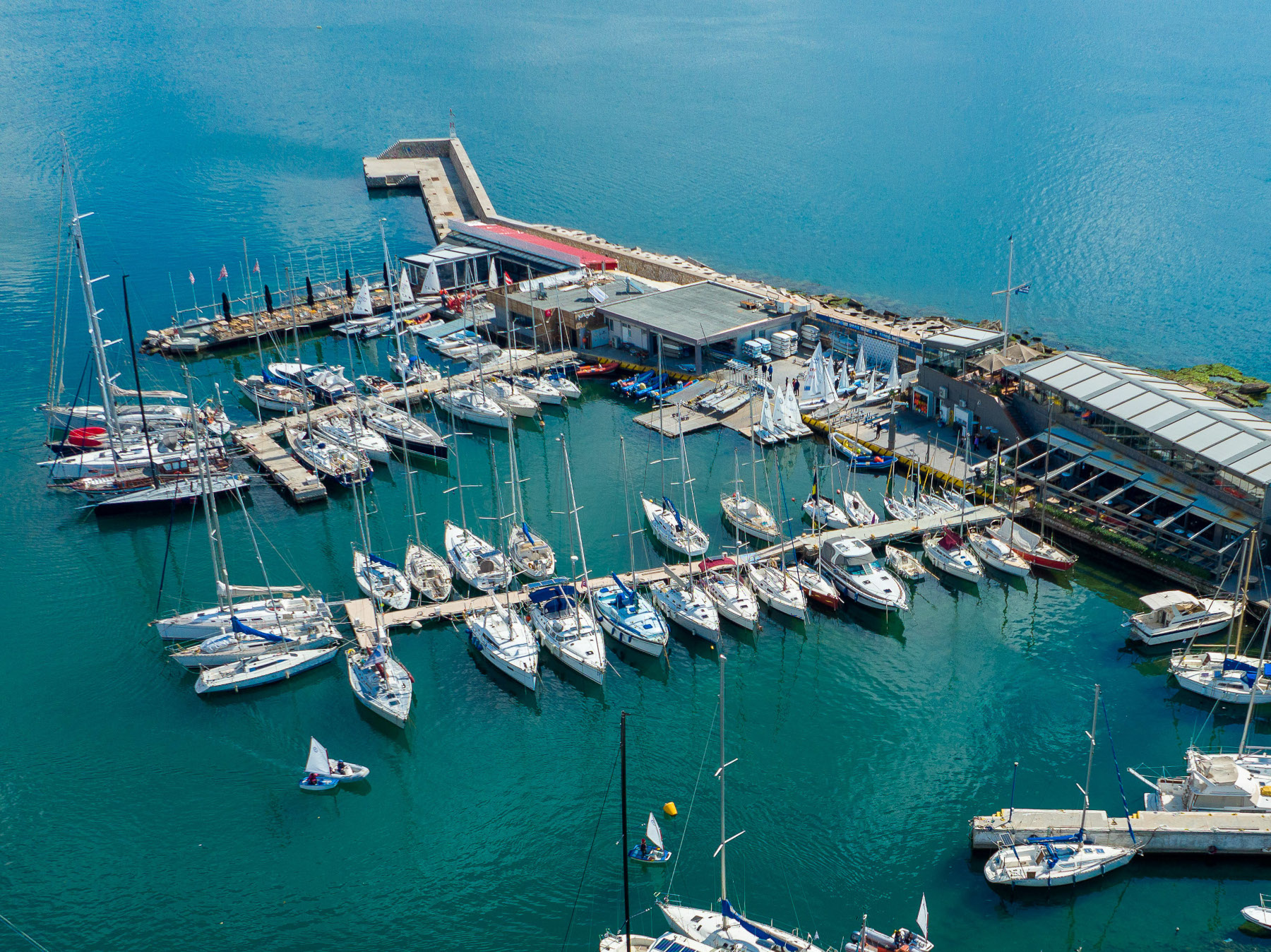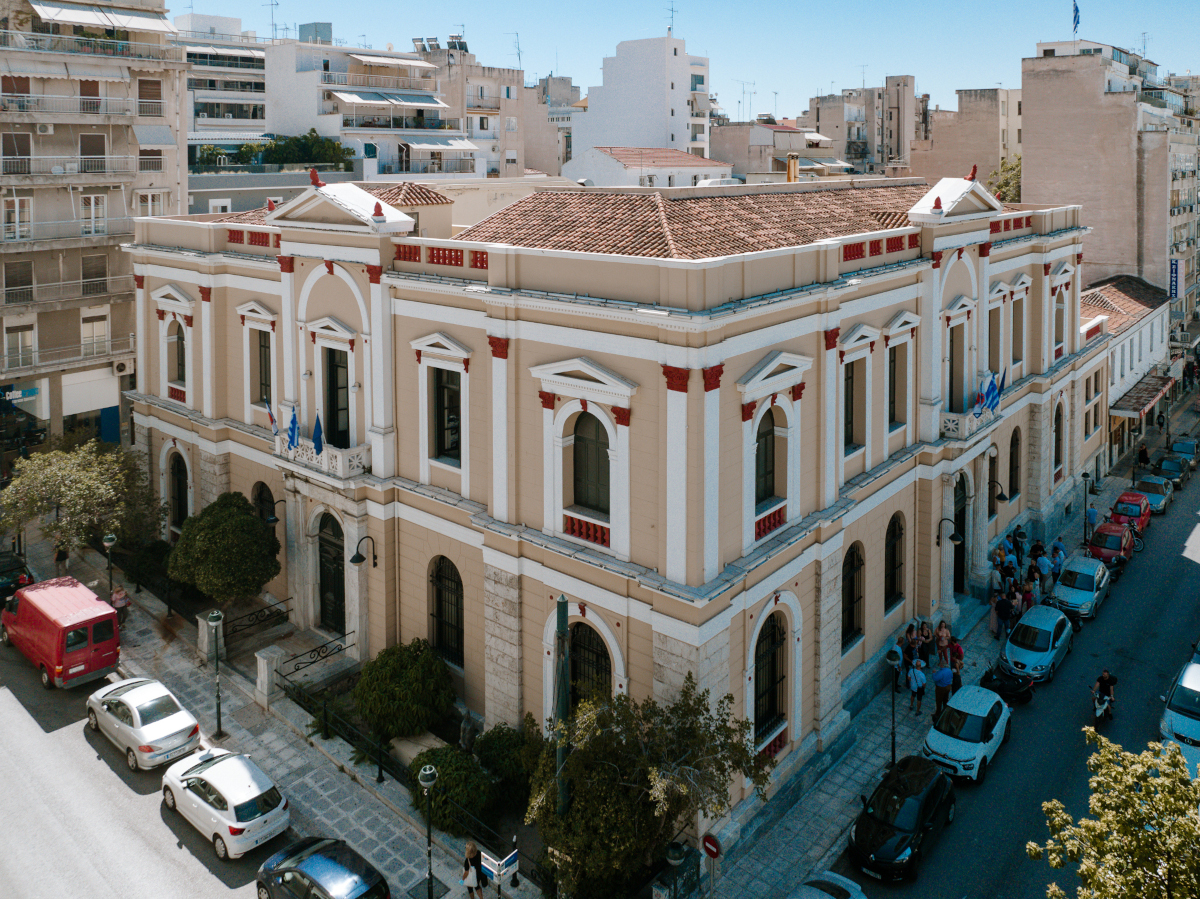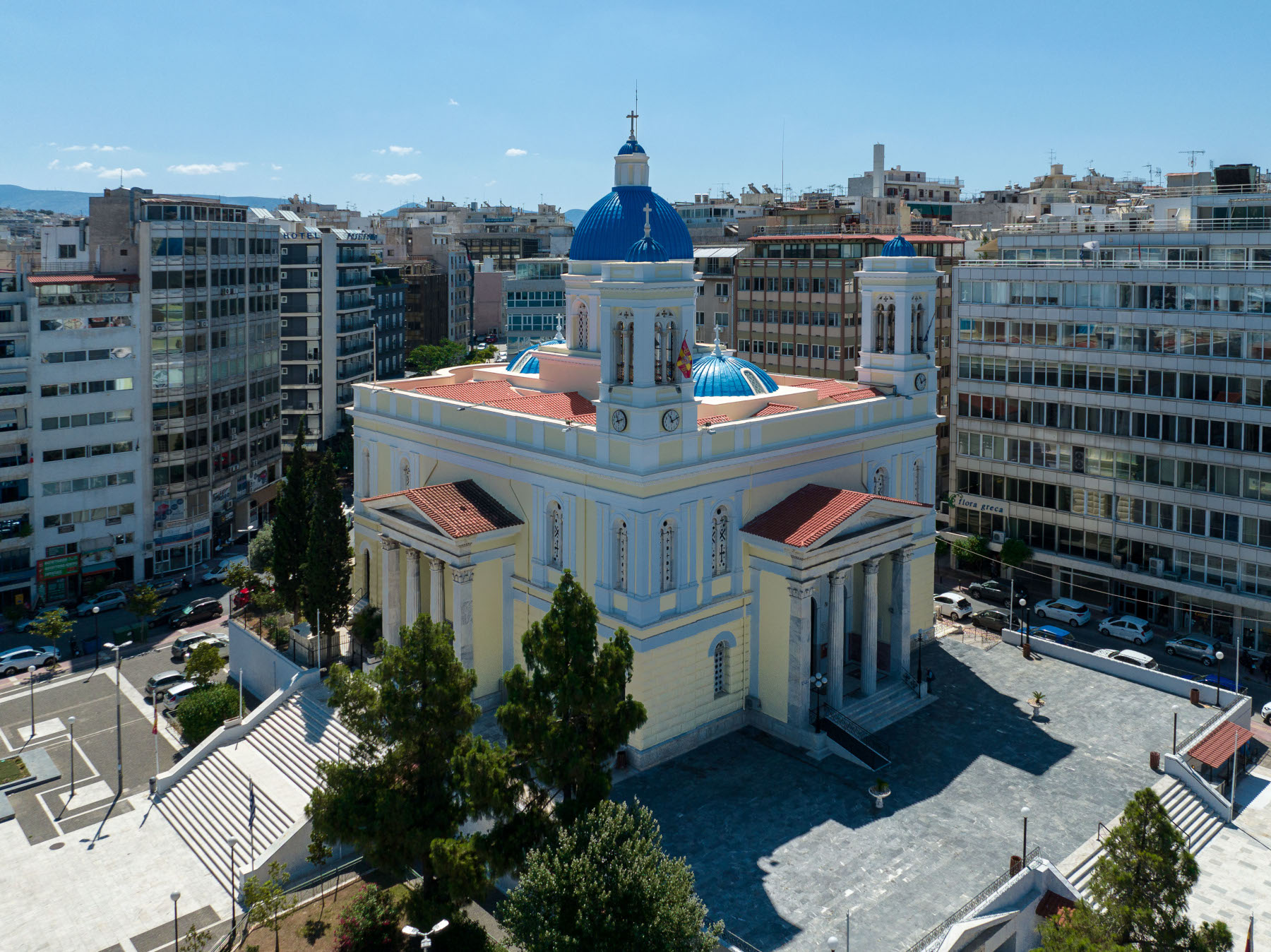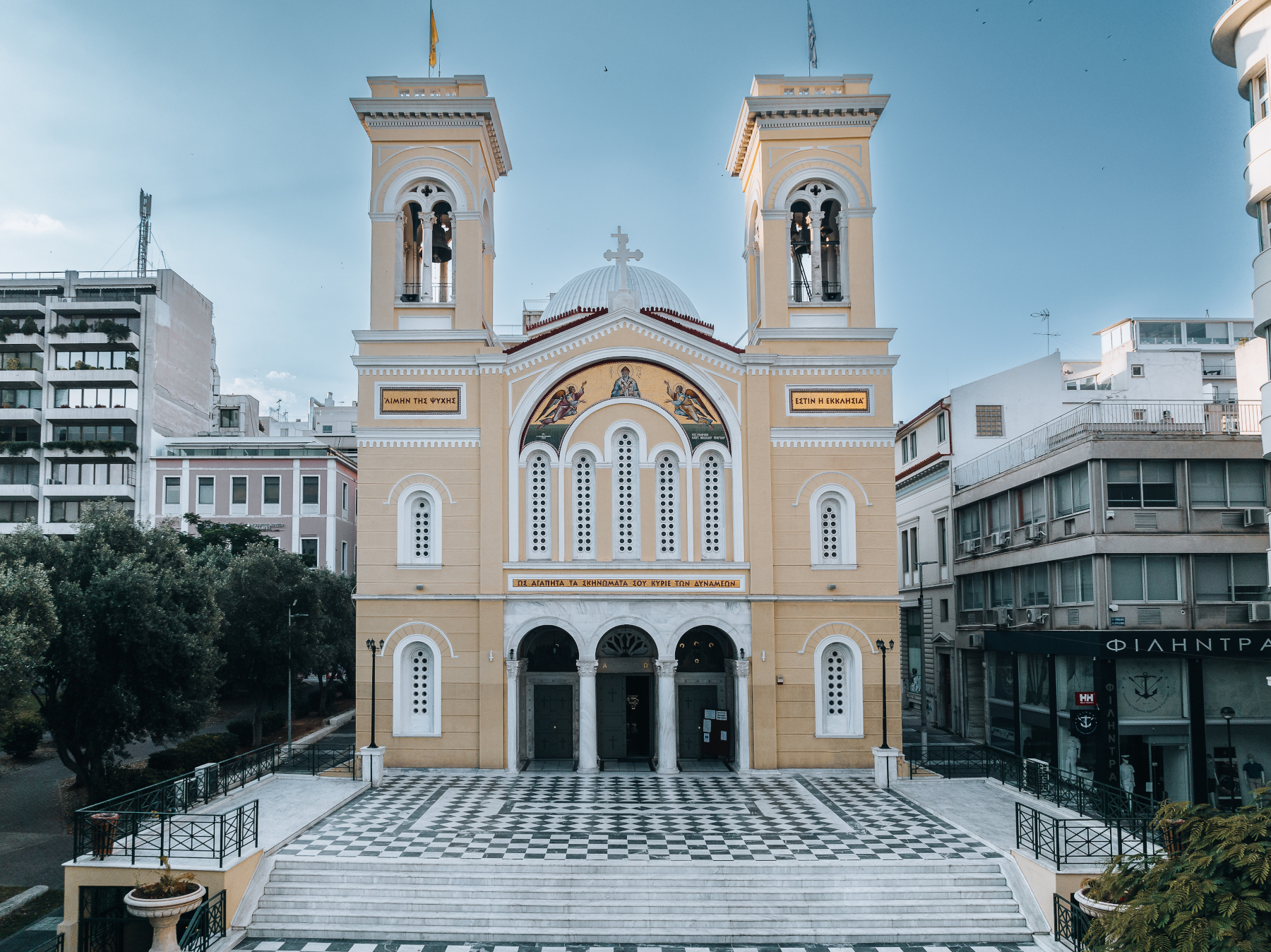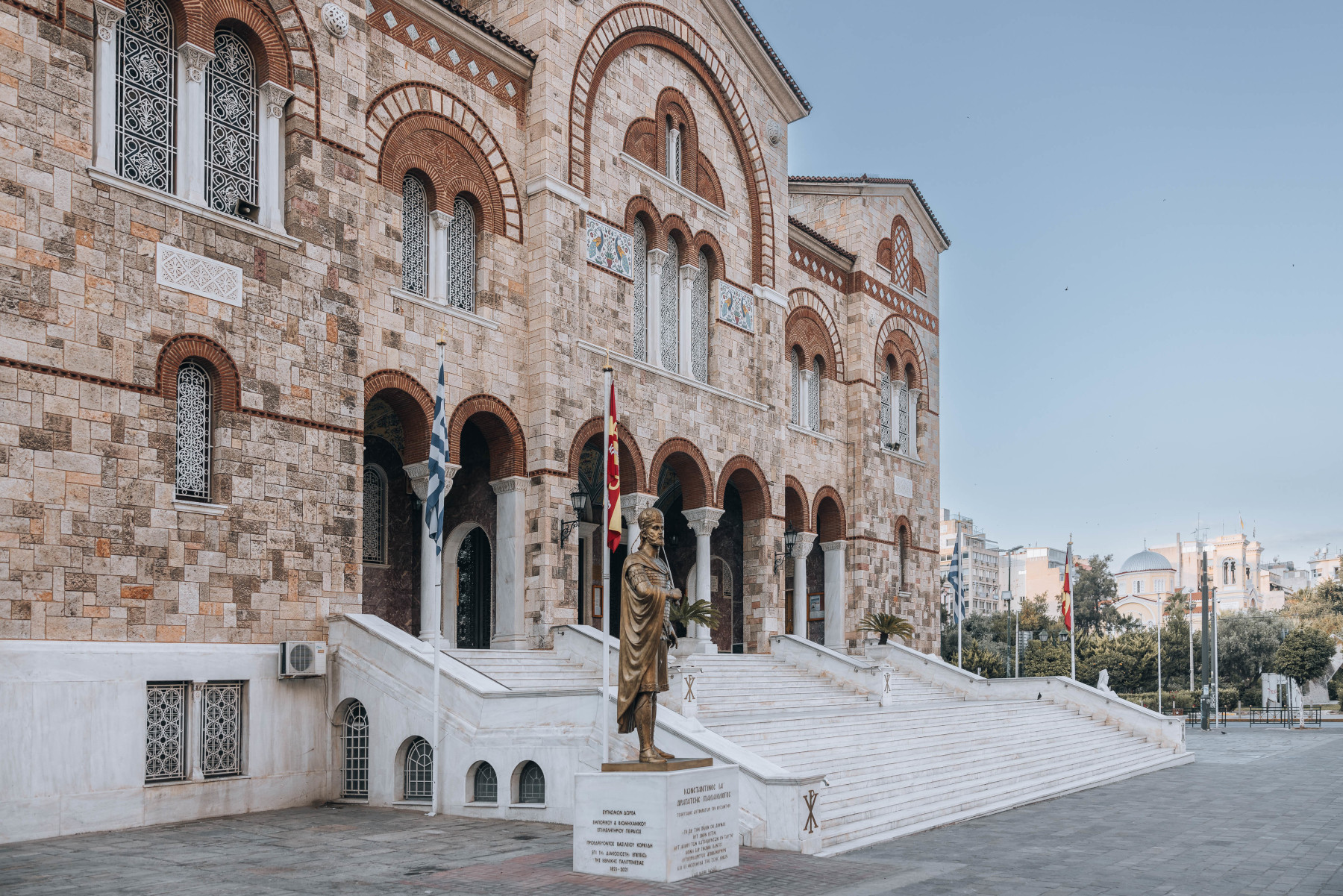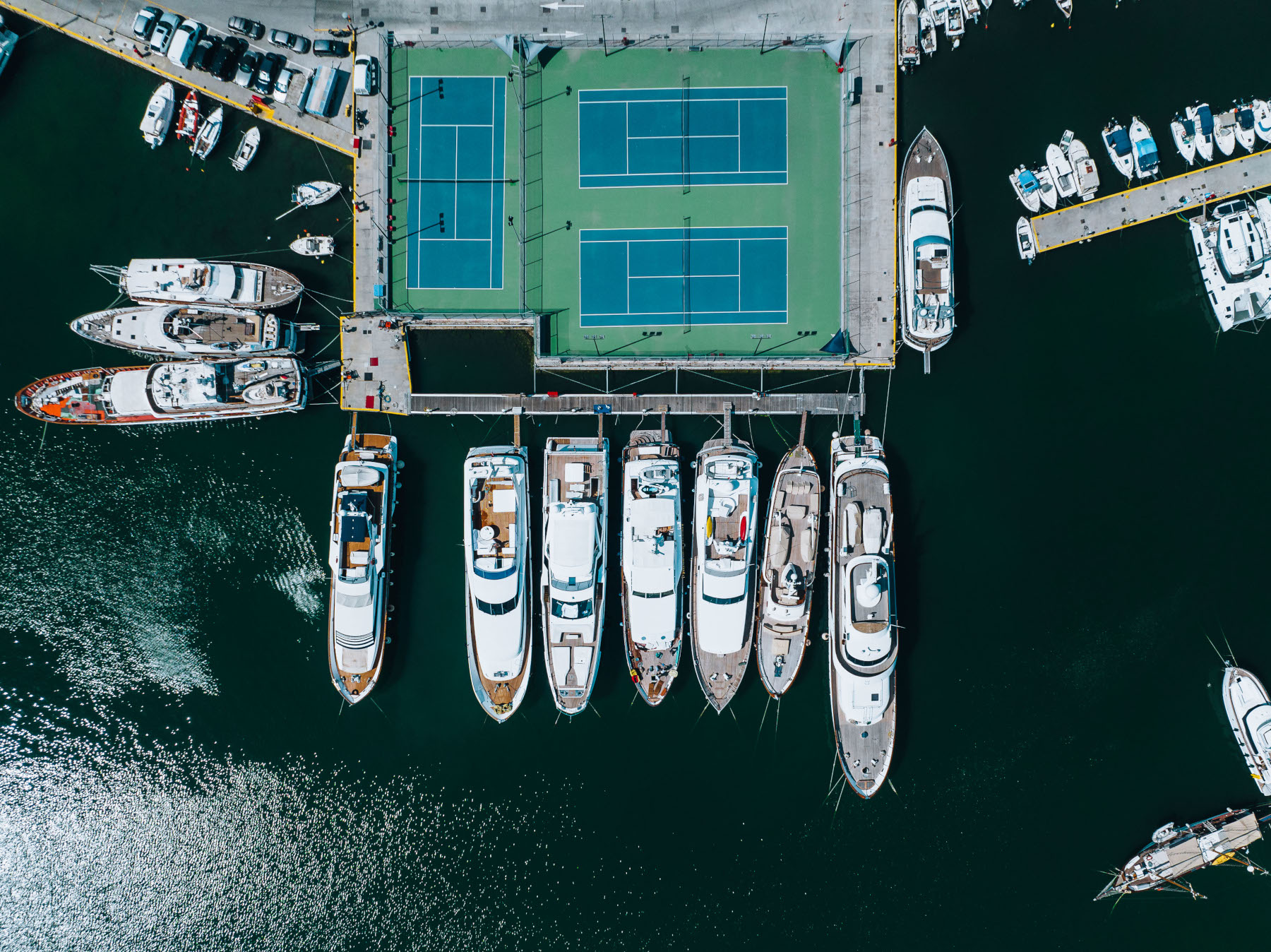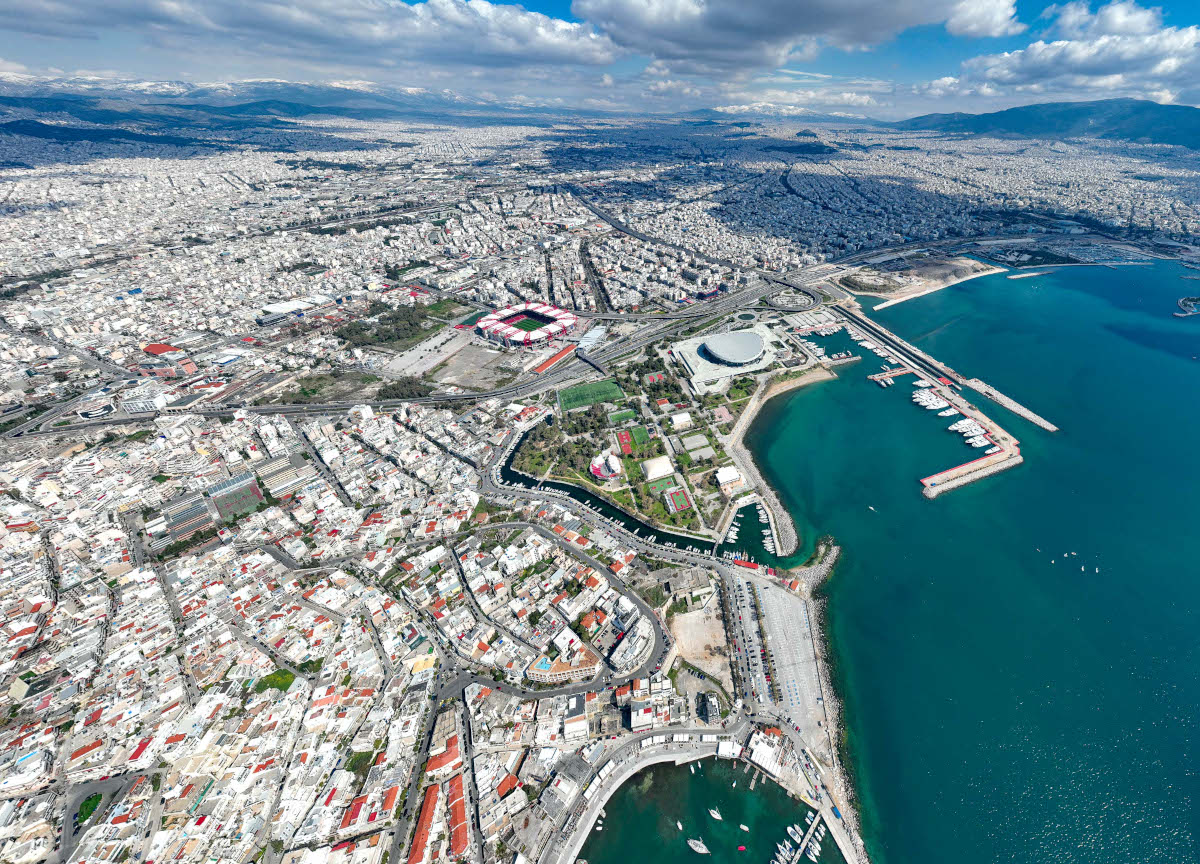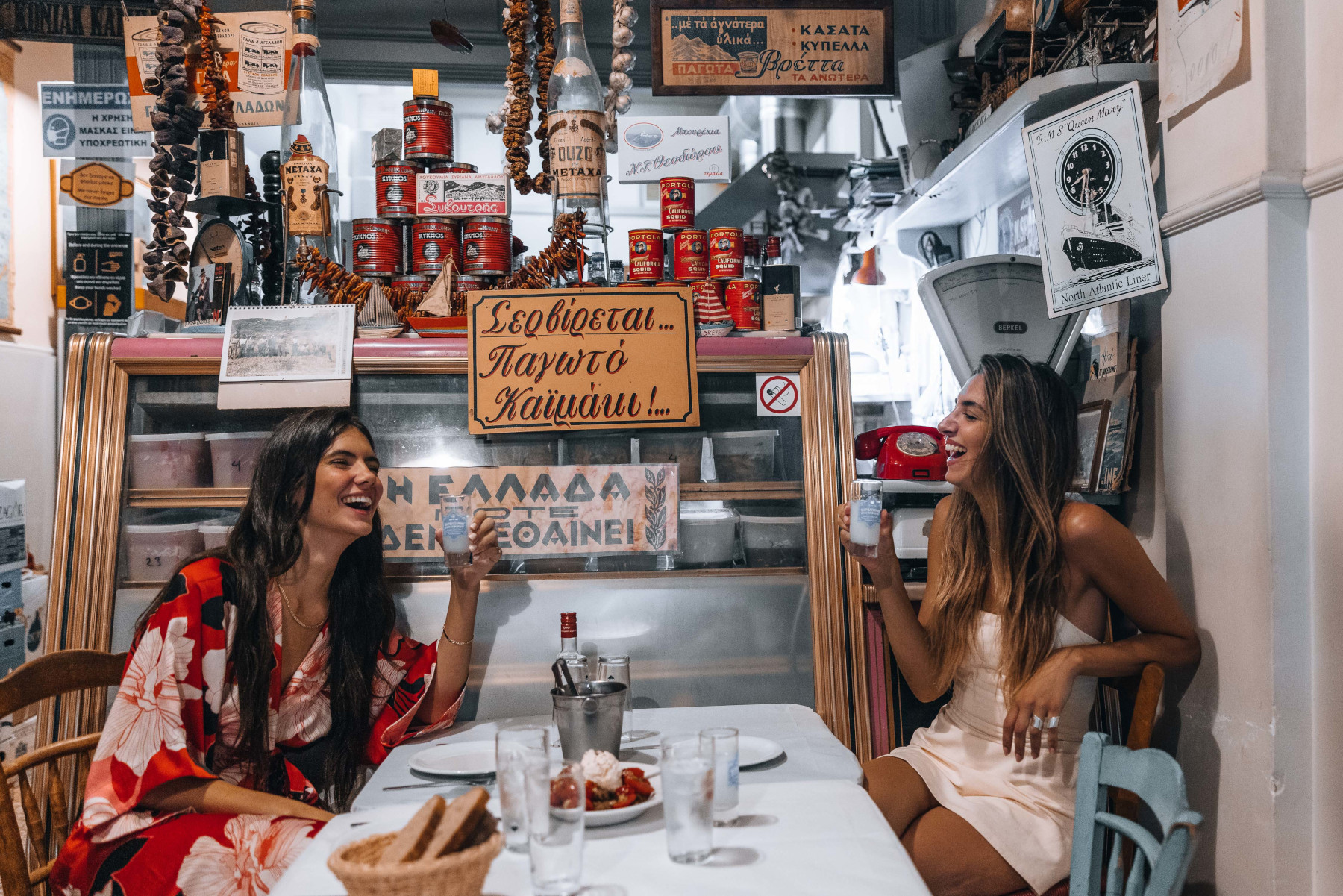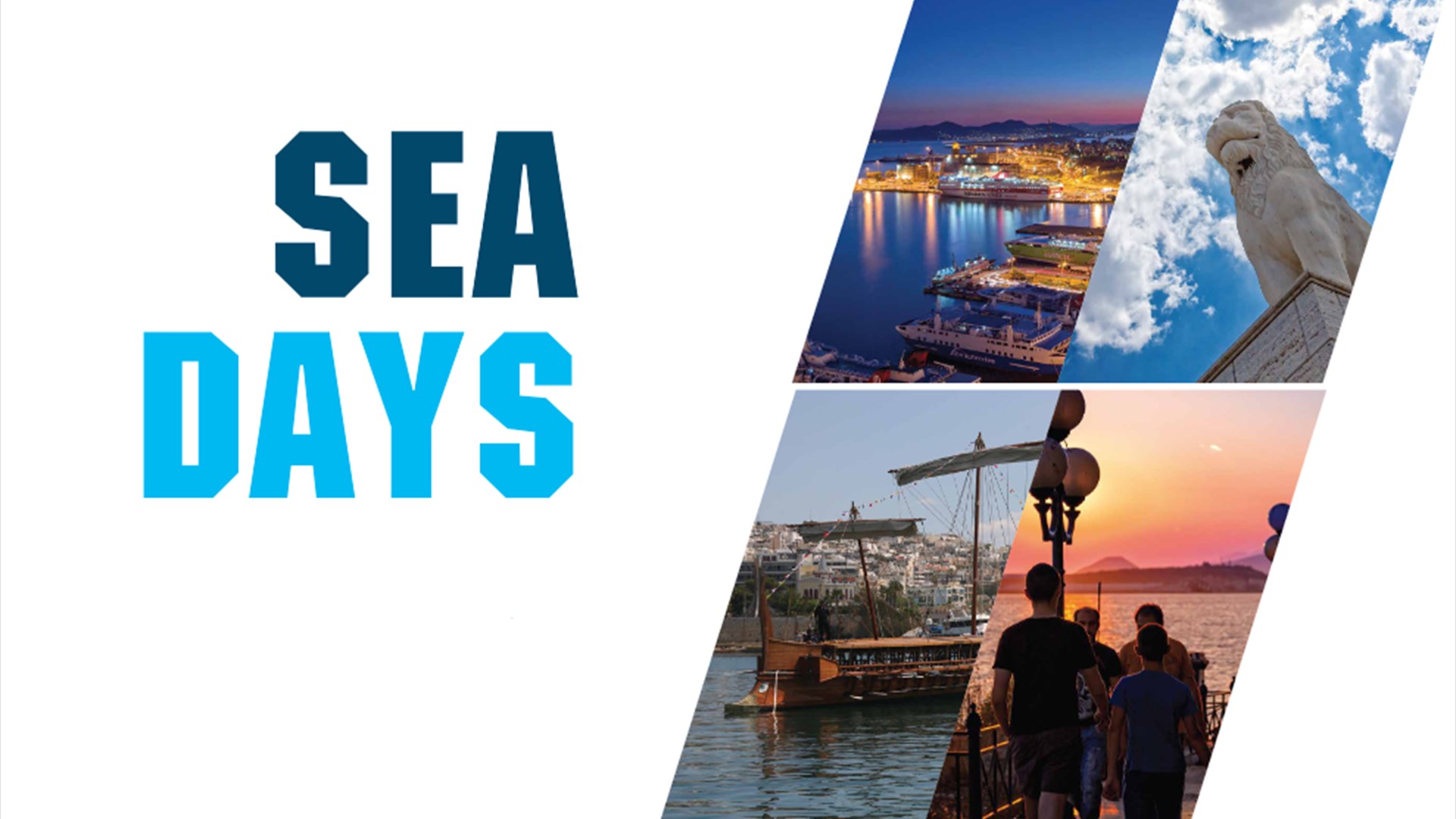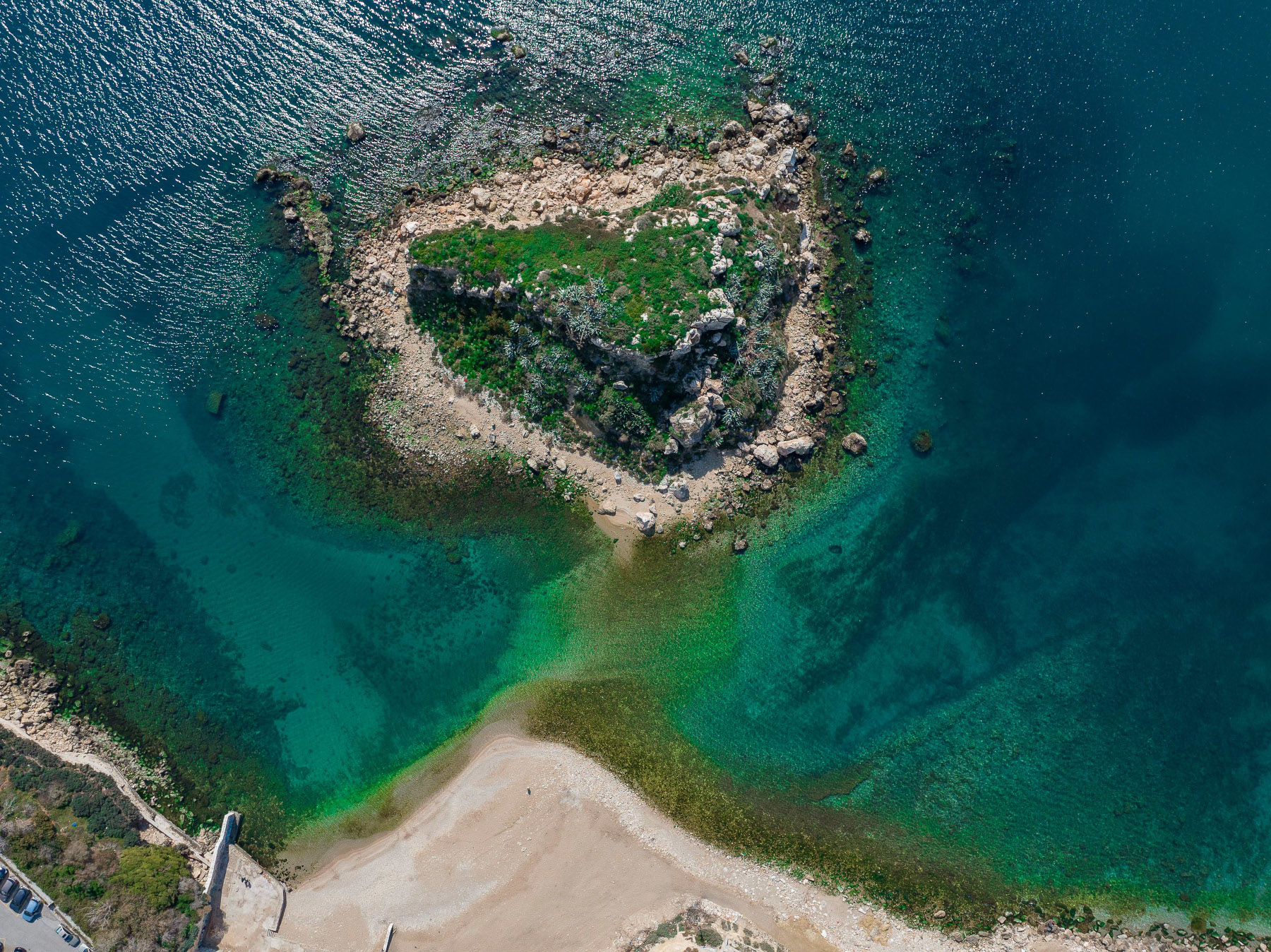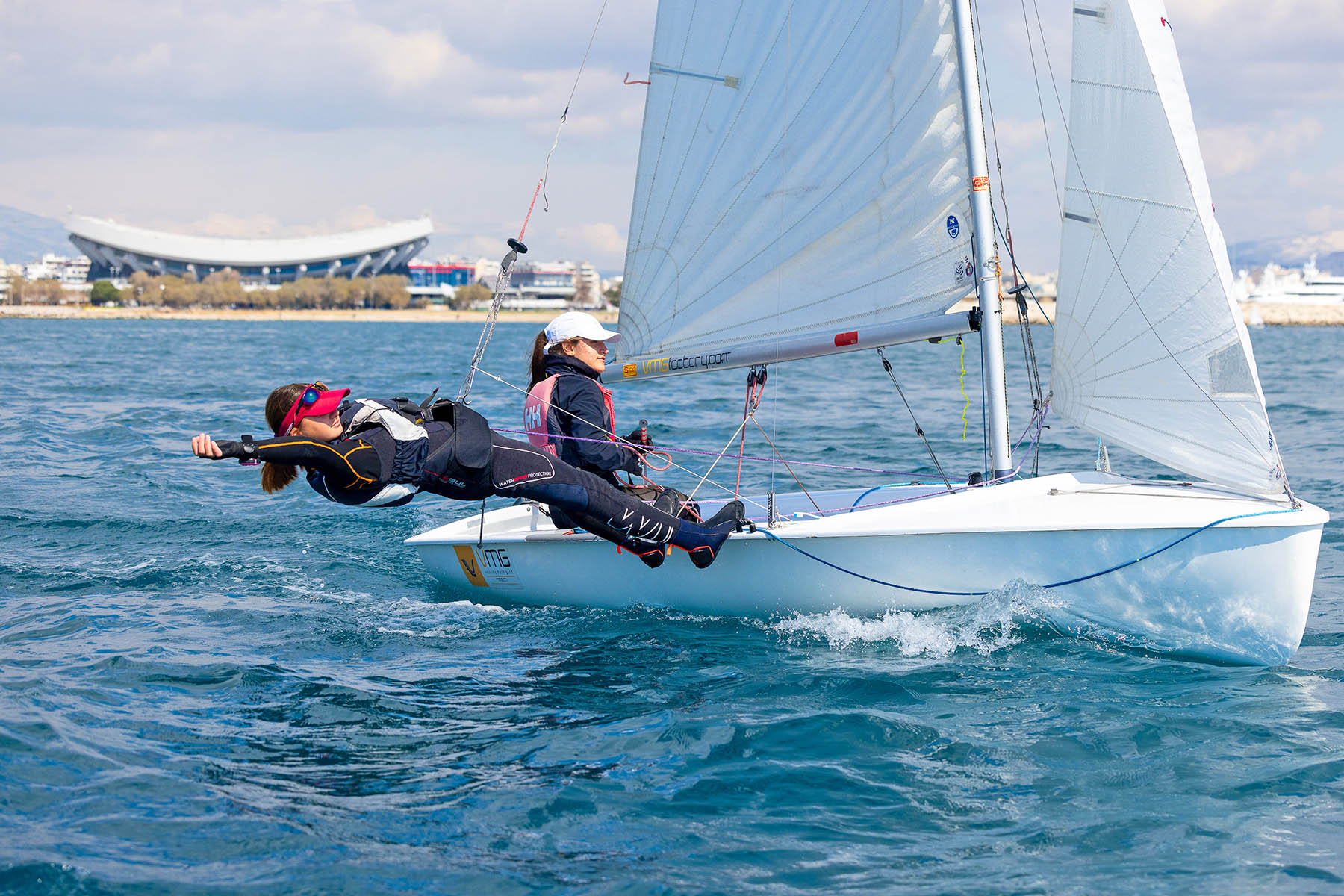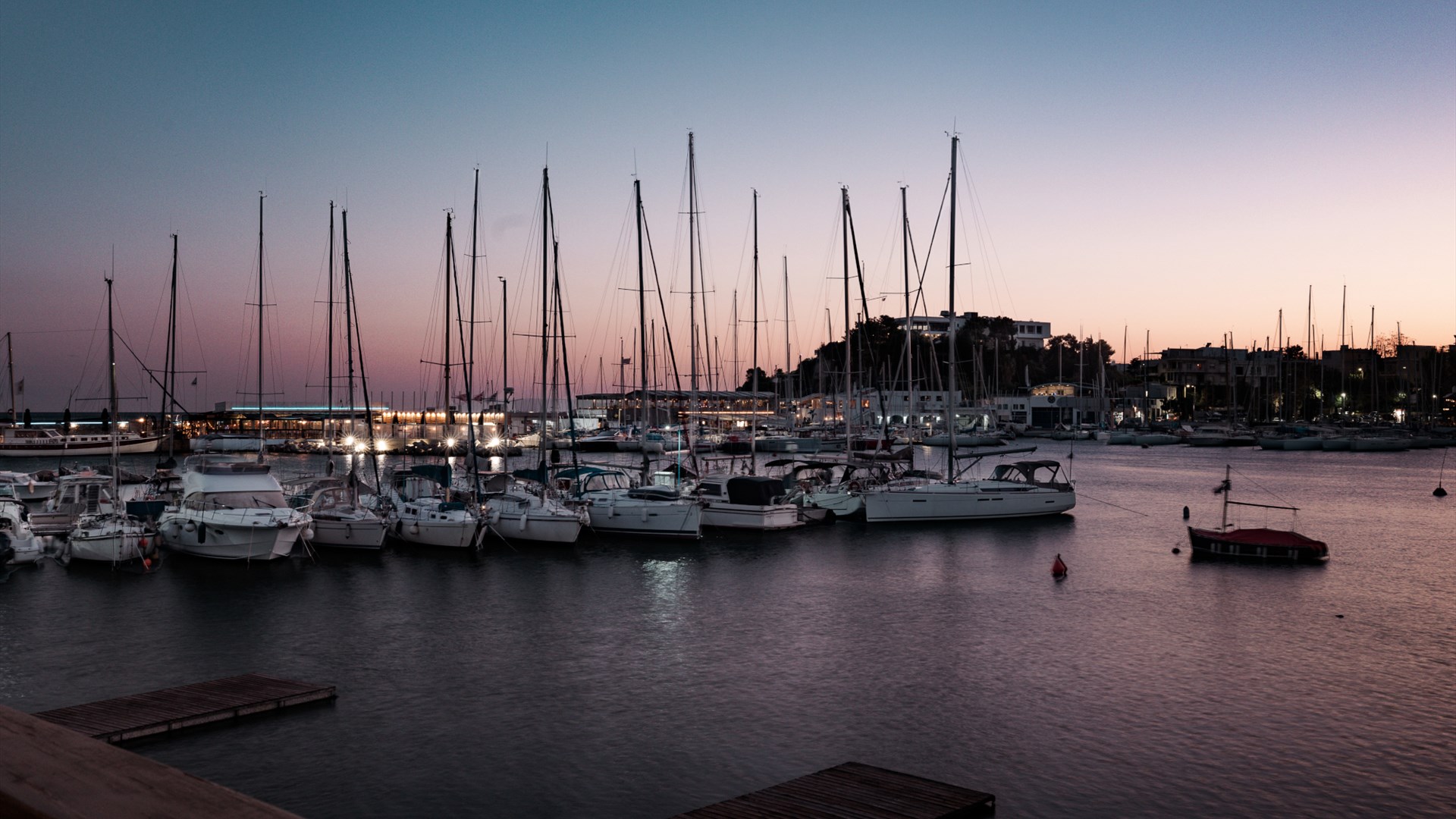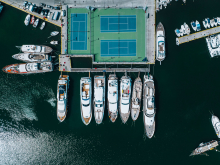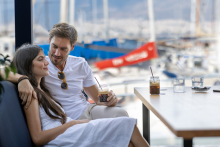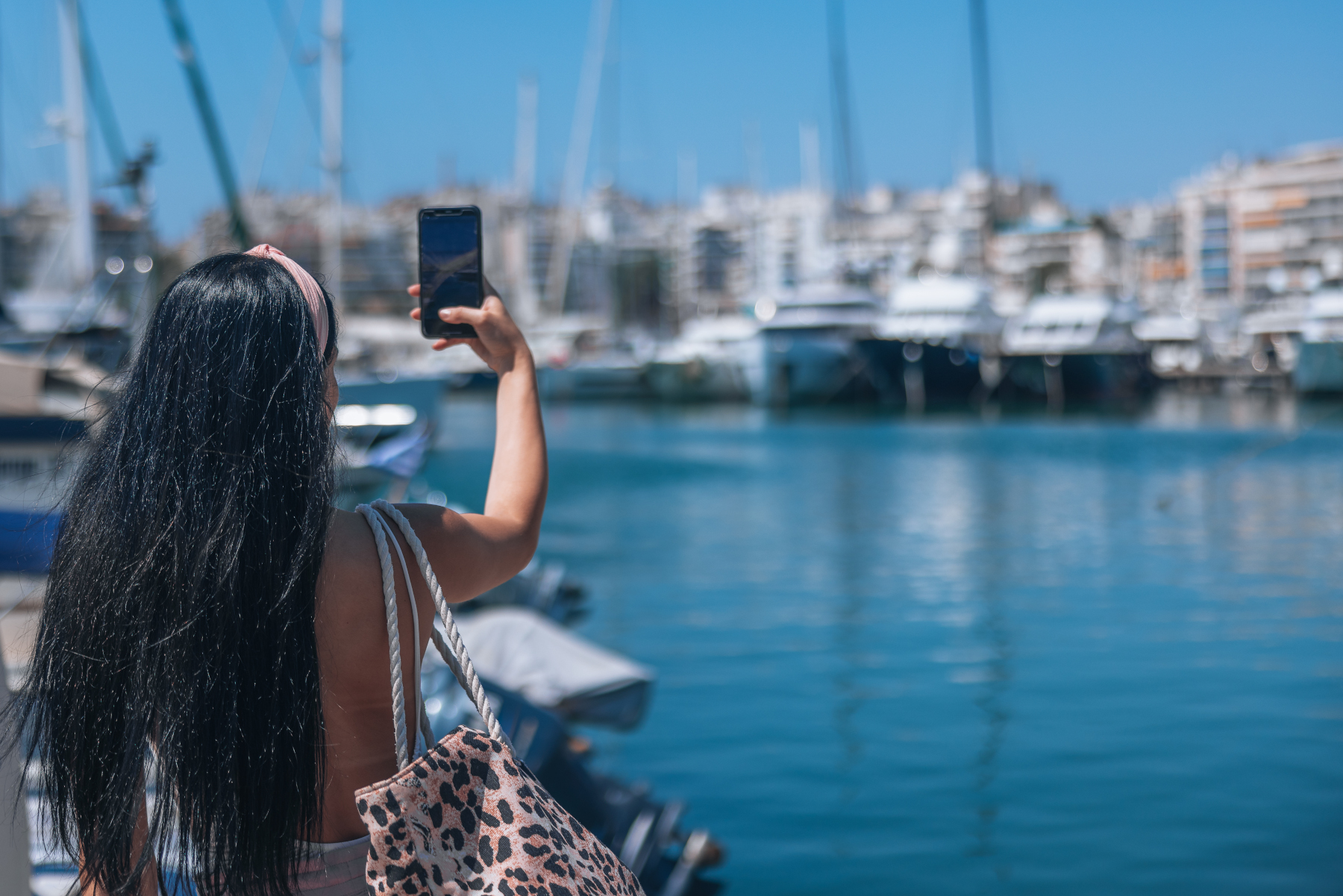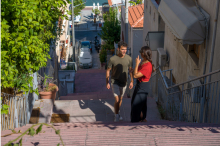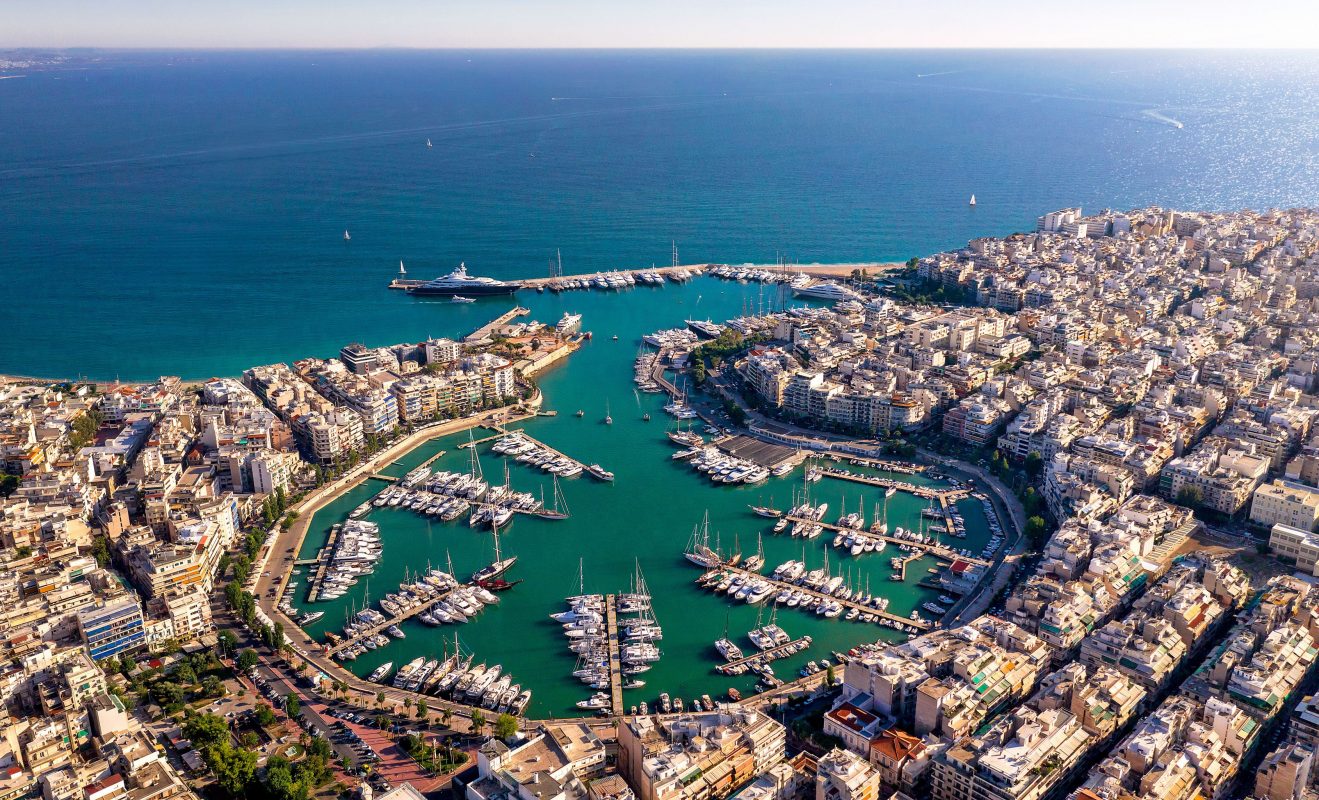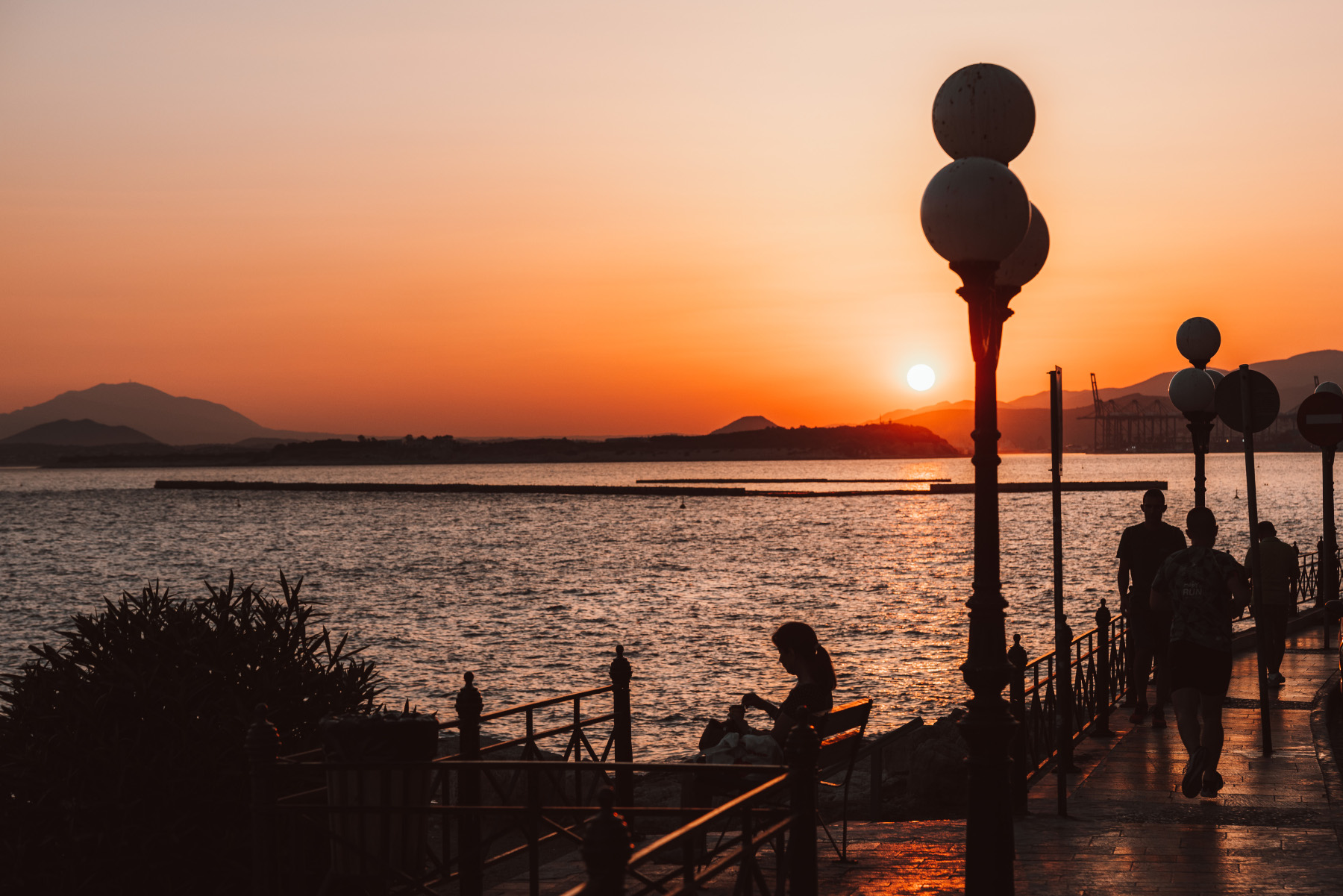Walks in Pasalimani
Walks in Pasalimani
The views it offers from above are truly impressive. And you'll definitely need a lot of video minutes to capture the most cosmopolitan, bustling, and beloved area of the Piraeus residents: Passalimani. The scenes are countless: jetties where everything from boats to luxurious yachts are tied. Cafes and restaurants overlooking the boats and the sea. Palm trees, the iconic Clock, Kanari Square, Zea Marina with the Naval Museum, Alexandra Square. And the ever-present sun, casting reflections on the sea. An endless promenade by the water, with a wide, safe sidewalk for families and benches for relaxation or coffee on the go. Often, the Municipality organizes exhibitions - such as books, flowers, Greek cuisine, and more.
Passalimani is a source of joy all year round, at all hours of the day. A place for entertainment, contemplation, and carefreeness. Easily accessible, even from the city center. And if you want to extend your walk, you can go all the way to Freattida and Peiraiki on one side and to Votsalakia Beach, Kastella, and Mikrolimano on the other.
You don't need specific directions to get to know it. Just start your walk from any point you choose.
Because in Piraeus, the sights hide a great history, we go back to the 5th century BC and the time of the clever Athenian military and politician Themistocles, who saw Athens' future in the sea. His work was continued by the great orator and politician Pericles, who led Athens to the famous "Golden Age" (495-429 BC).
Instead of Phalerum, they chose the natural fortified harbors of ancient Piraeus: Kantharos (Megalo Liman) as a commercial port, as it was there that the maritime trade routes of the Mediterranean converged. Zea (Passalimani) and Munichia (Mikrolimano) as naval shipyards. The two "closed harbors" were protected by large chains that prevented the entry of enemy ships. Another advantage was the fortified acropolis on the hill of Munichia (today's Profitis Ilias Hill), ideal for overseeing the sea from Aegina to Sounion. With the threat of the Aeginetans, a major trading power in the Saronic, and the Persians, the fortification of the ports of Piraeus began in 493 BC, and in 482 BC, the powerful fleet of the Athenians was founded, funded by the silver from the Laurion mines. At the port of Zea and Munichia, shipyards were built for the "construction" of triremes, shipsheds, and shiphouses, which were coastal buildings for hauling and repairing ships in peacetime.
During the Ottoman rule, the name of the Zea port was changed to Pasalimani. This change occurred because it became the favored spot for Ottoman pashas who came here for baths, along with their harems, and this name prevailed.
In the late 19th century and into the early 20th century, the affluent class of Piraeus constructed neoclassical houses along the coastal front of Pasalimani. It was a privileged location with an unrestricted view of the sea, far from the noise of the harbor and the smoke of the factories. You can get a glimpse of this neoclassical past on Moutsopoulou Street, where Kalligas Street meets Seragiotou Street. One such mansion is the Tzivaniotis Mansion, known as the "house with the palm trees." Built with stone in a neo-Gothic style, it dates back to the late 19th century.
The situation on the coastal front of Pasalimani changed from the late '60s onwards when high-rise buildings began to replace the neoclassical structures you see today.
The perimeter wall constructed in the 19th century, extending from the Naval Hospital to Alexandras Square, shaped the coastline and the circular promenade. It became particularly popular - a trend that continues to this day. The precursors of today's establishments were the cafes and ouzo bars with tables on the rocks, theaters, baths, and cinemas. The central point was Kanari Square. Moreover, the coast was a favorite spot for swimming for Piraeus residents and Athenians.
Over the years, Pasalimani has taken on a modern form, and in the 1970s, Marina Zeas was established. At its entrance, you'll find the Naval Museum of Greece, featuring exhibits that narrate the significant naval history of Piraeus. There are cafes and restaurants within the marina. An exceptional point for panoramic views is Alexandras Square, with its impressive monument-arch. It's titled "Pyrrhic Victory" and is dedicated to the memory of the 353,000 Greeks of Pontus, who were victims of the Genocide.
The Clock at Pasalimani
It marks the hours and minutes across from the location known as "Skalakia" (meaning "steps" in Greek). It stands at the intersection of three roads (in fact, in the past, this spot was playfully called the "Egg" due to its elliptical shape). The Clock at Pasalimani was inaugurated in 1940 and became a beloved meeting point. It even gained fame. After World War II, the British and American allies disembarked opposite it because, due to bombings, the central harbor of Piraeus had no docks. In post-war photographs, the Clock is featured in official receptions, such as those for Marshal Tito, President Nasser of Egypt, and others. Subsequently, it appeared in scenes from well-known Greek movies like "Alice in the Navy" (1960) and "Welcome, Dollar" (1967). In 1956, a few meters away from it, scenes were filmed for the international hit "Boy on a Dolphin" starring Sophia Loren.
A clock that became a timeless protagonist!
The Discovery of the Shipsheds in Zea
In 1880, Jacob Dragatsis excavated 20 ship sheds on the eastern side of Pasalimani, some of which are located in the basement of a multi-story building on Moutsopoulou Coast (not accessible to the public). Next to them were the "shipsheds" used for storing ship components, with the most significant one being the Philon Shipshed, which could accommodate 134 ships. Archaeologists from the Danish Institute, under the supervision of the Ephorate of Underwater Antiquities, excavated six ship sheds dating back to the late 6th to early 5th century BC, and seven slipways (shipyards) in the ancient harbors of Zea and Munichia between 2010 and 2012. In the ancient harbor of Zea, the remains of the seven slipways were excavated, which likely served as spaces for storing larger ships (pentekonters).
At the Naval Museum of Greece, in the Zea Marina, you can see architectural models of the shipsheds.
In the Archaeological Museum of Piraeus, there are stone anchors, most of which come from the harbor of Zea, which were used as permanent moorings (guy anchors) in front of the shipsheds.
Sources: http://pireorama.blogspot.com, To Vima
Information…
In many places along the long pedestrian promenade along the Pasalimani coastline, cafes and restaurants set up tables.
You can also take a stroll on the lower side, between the piers with moored boats. At Alexandras Square, it's worth making a stop to take photos in front of the modern interactive sign "LOVE PIRAEUS." It creates many different color combinations and is the first in Europe with touchless interaction technology.
On the eastern side of the Zea harbor, isolated remains of ancient triremes were found, mainly plaques made of Parian marble that adorned their front sections.
Location
Find the destination on the interactive map below. See on the map.



